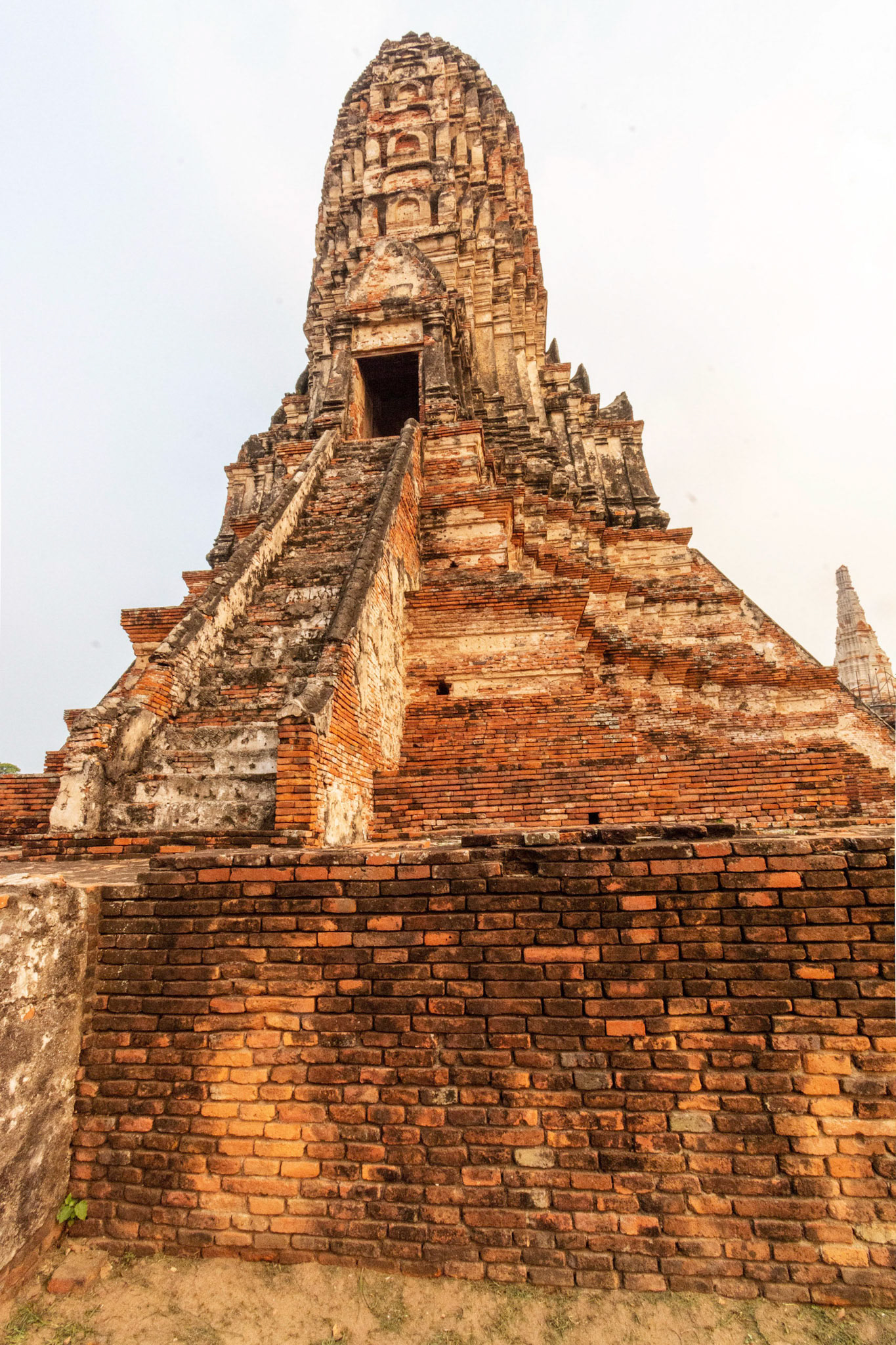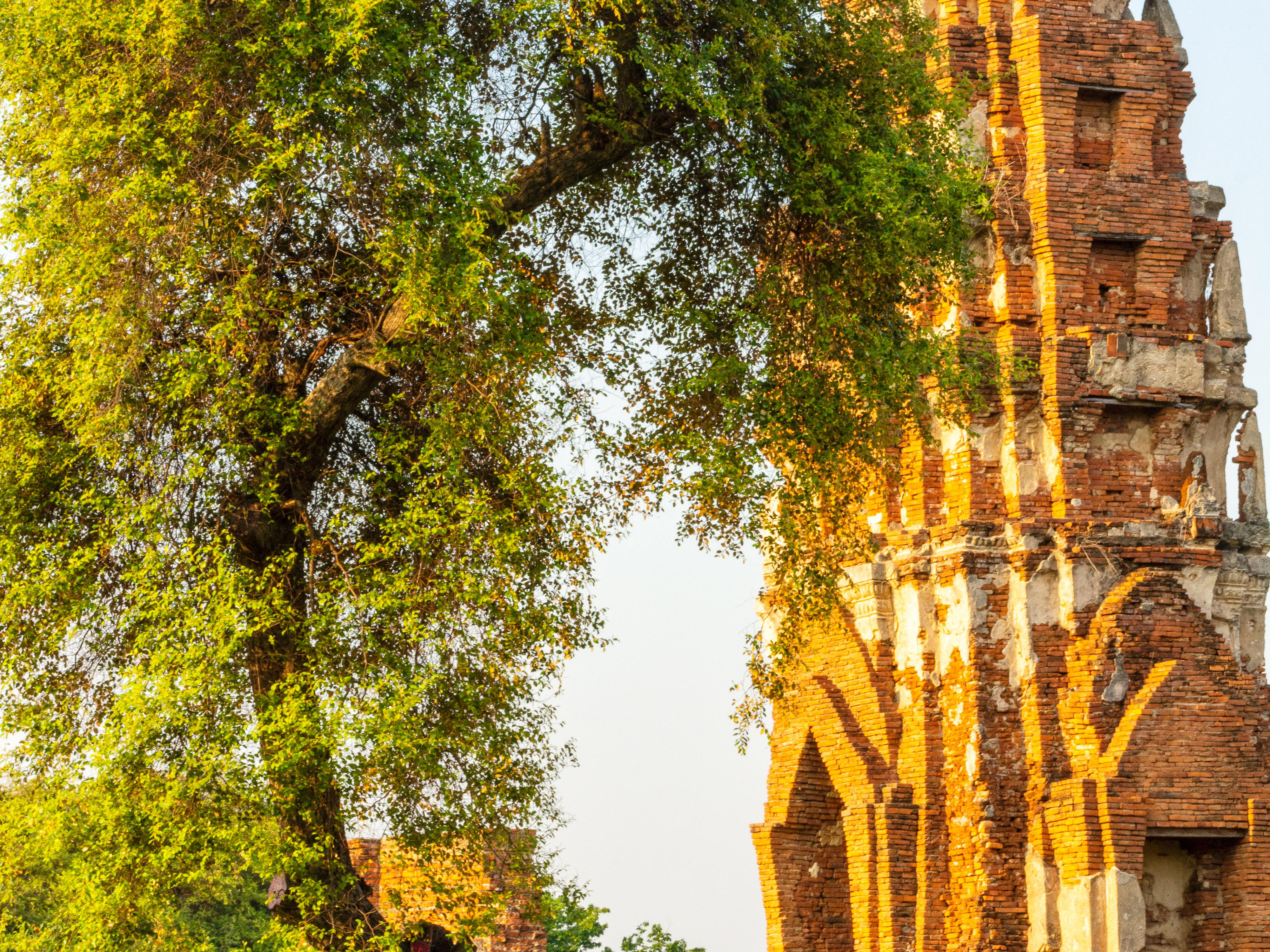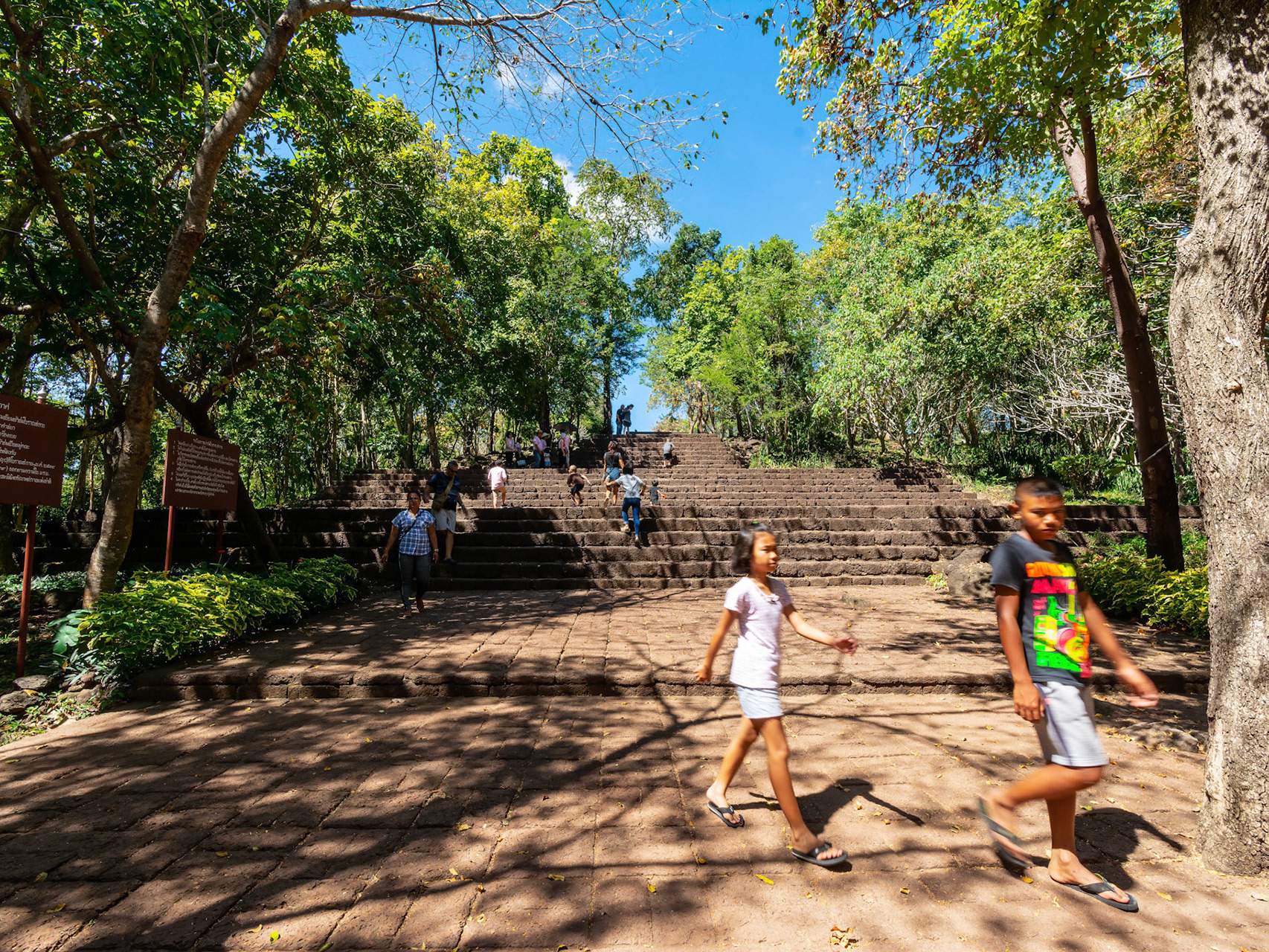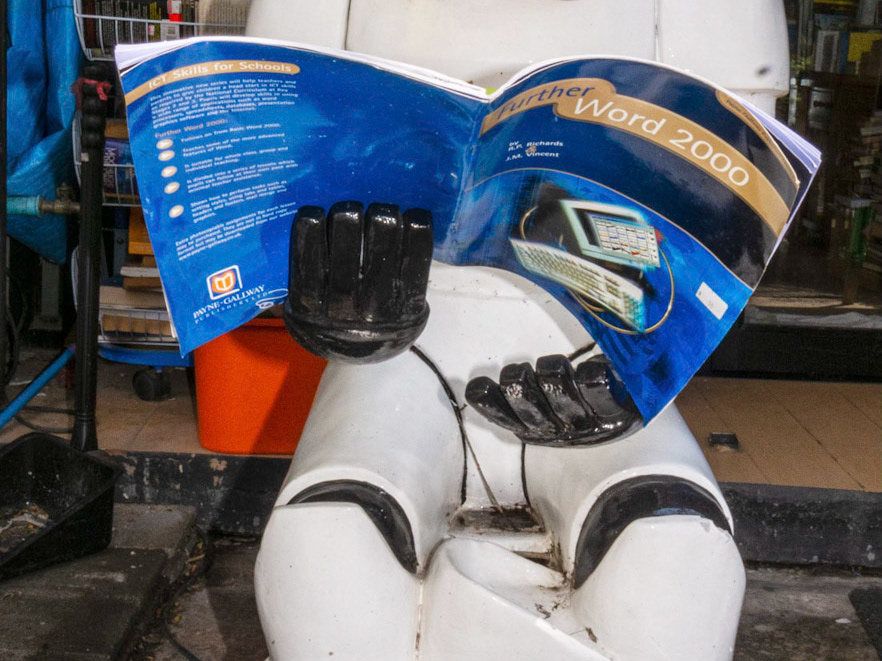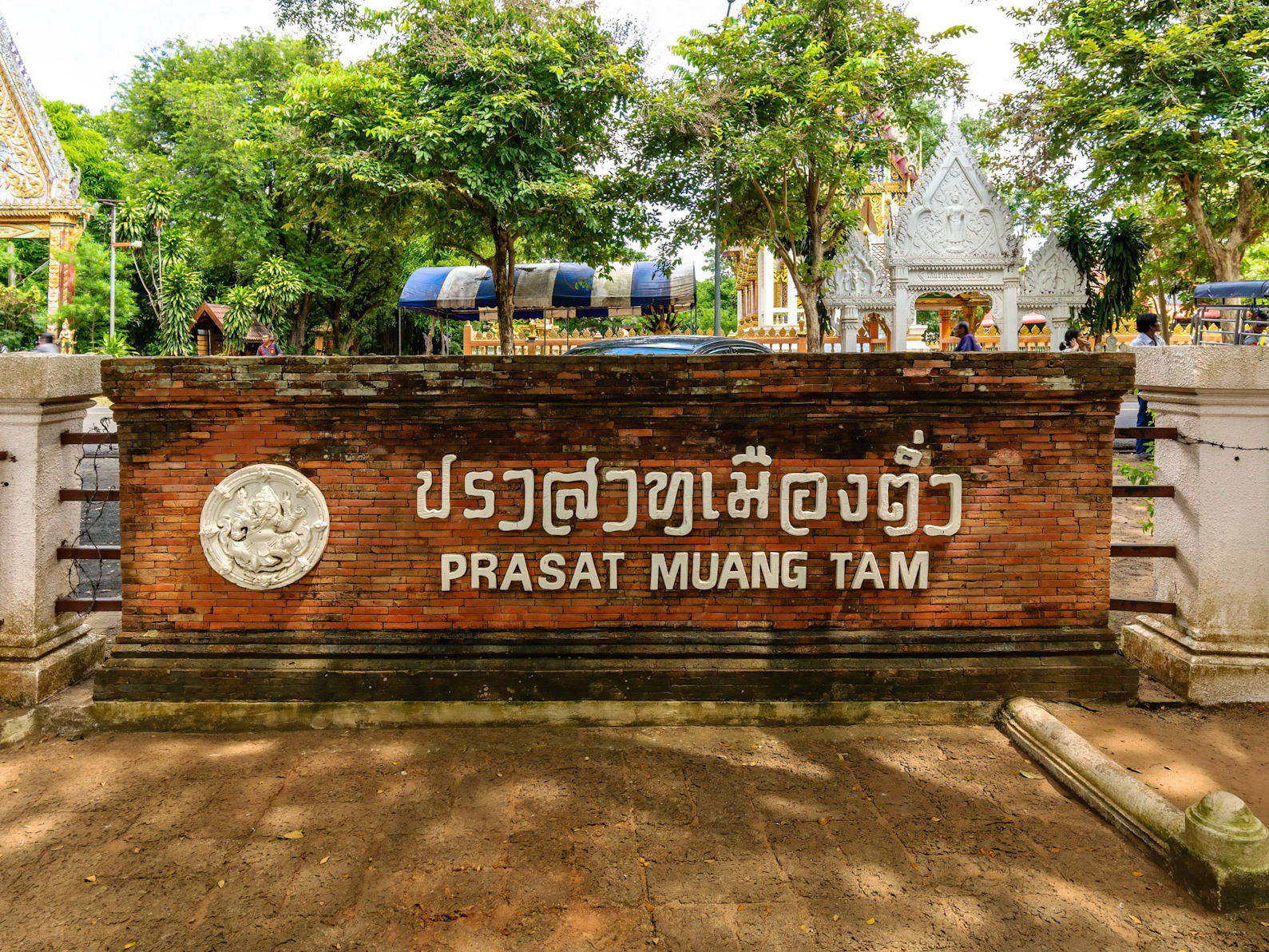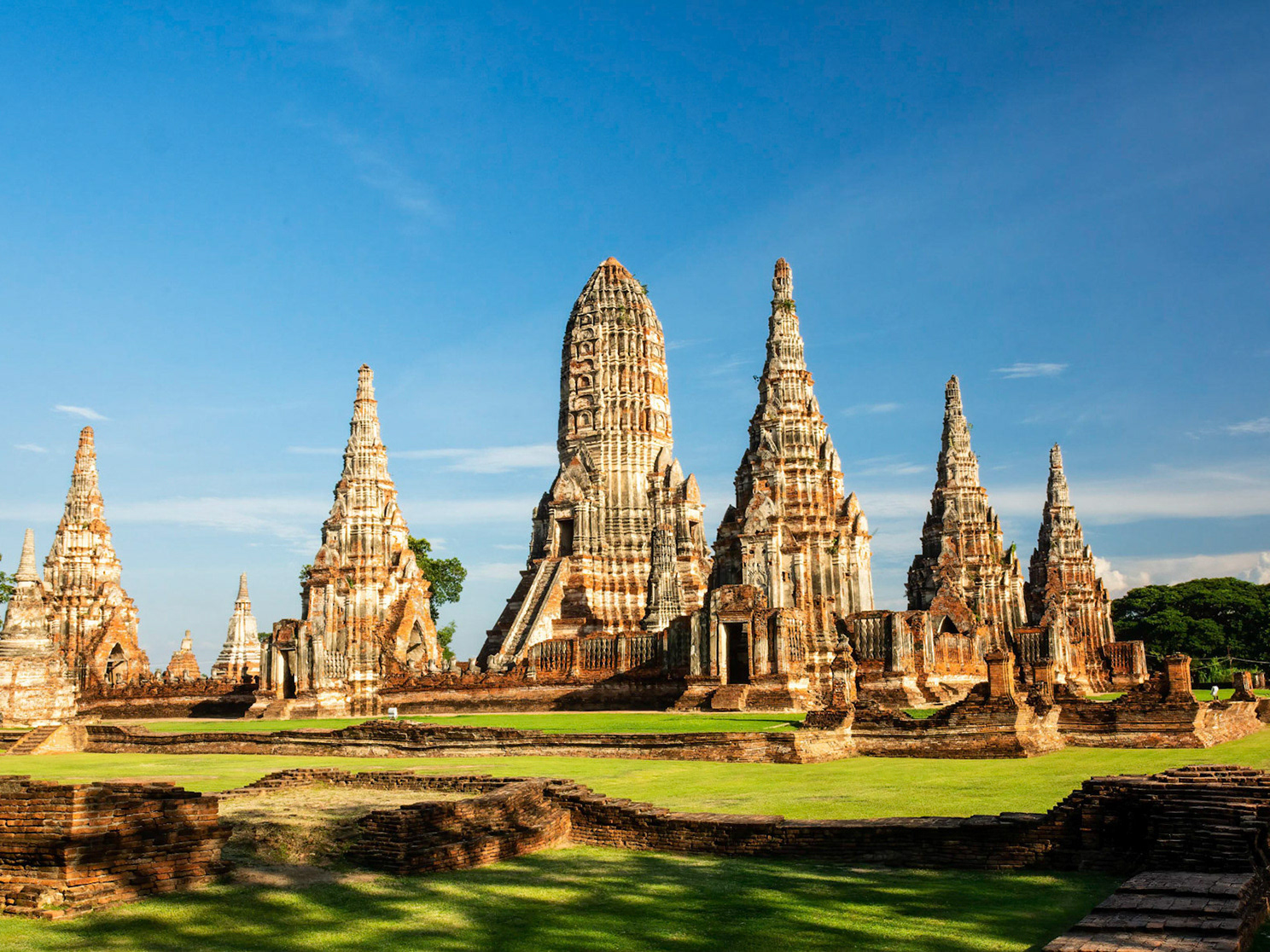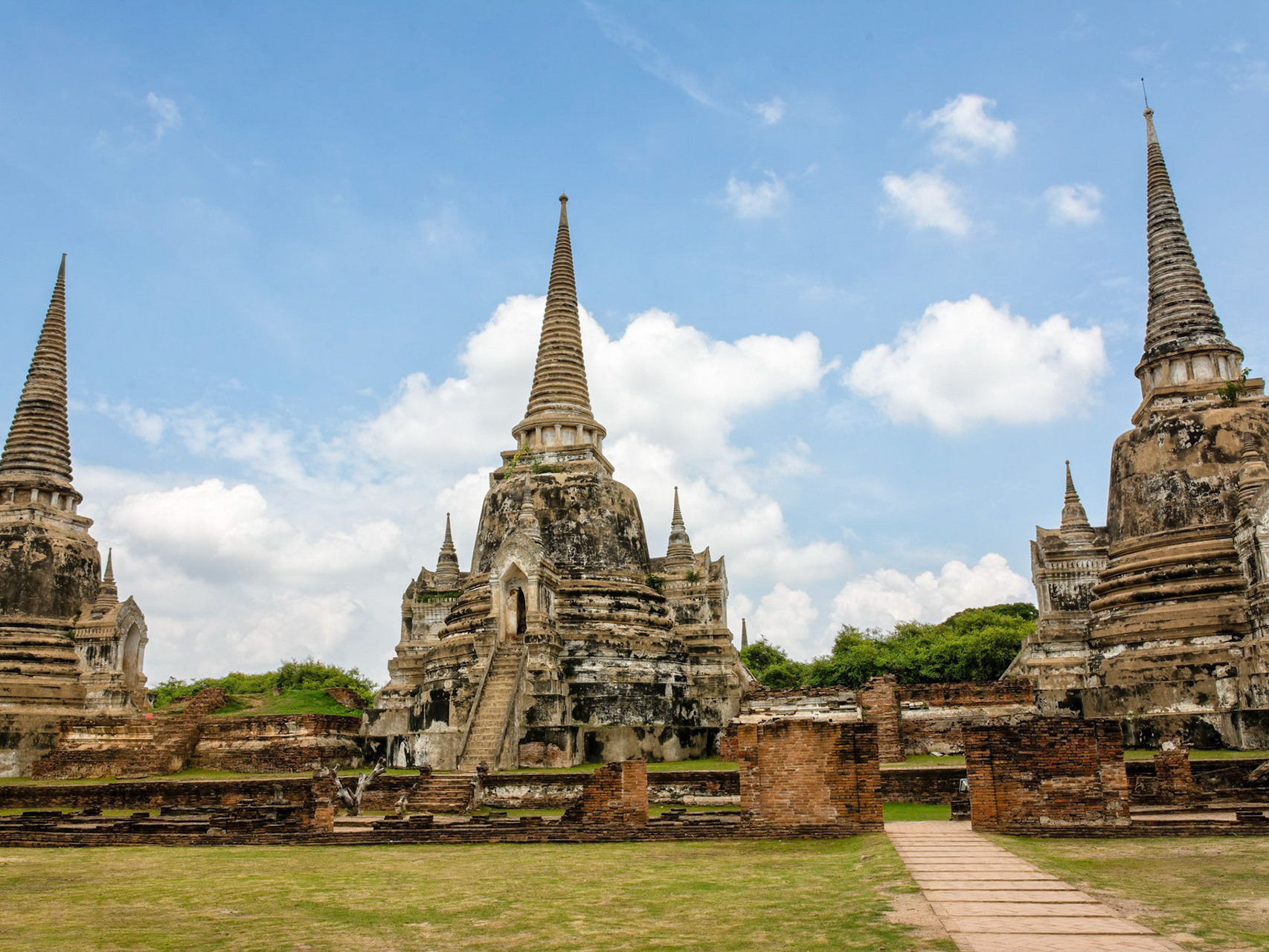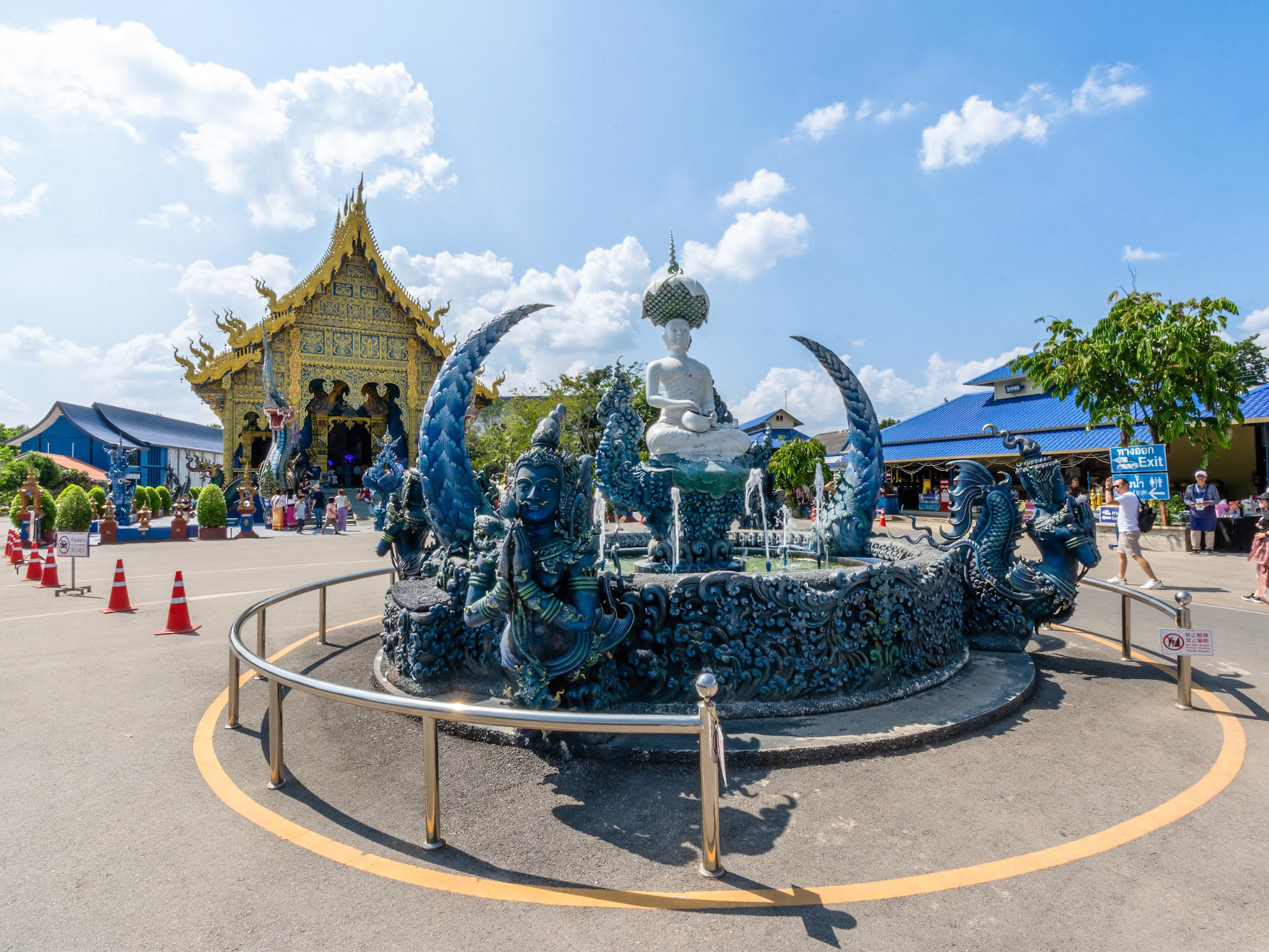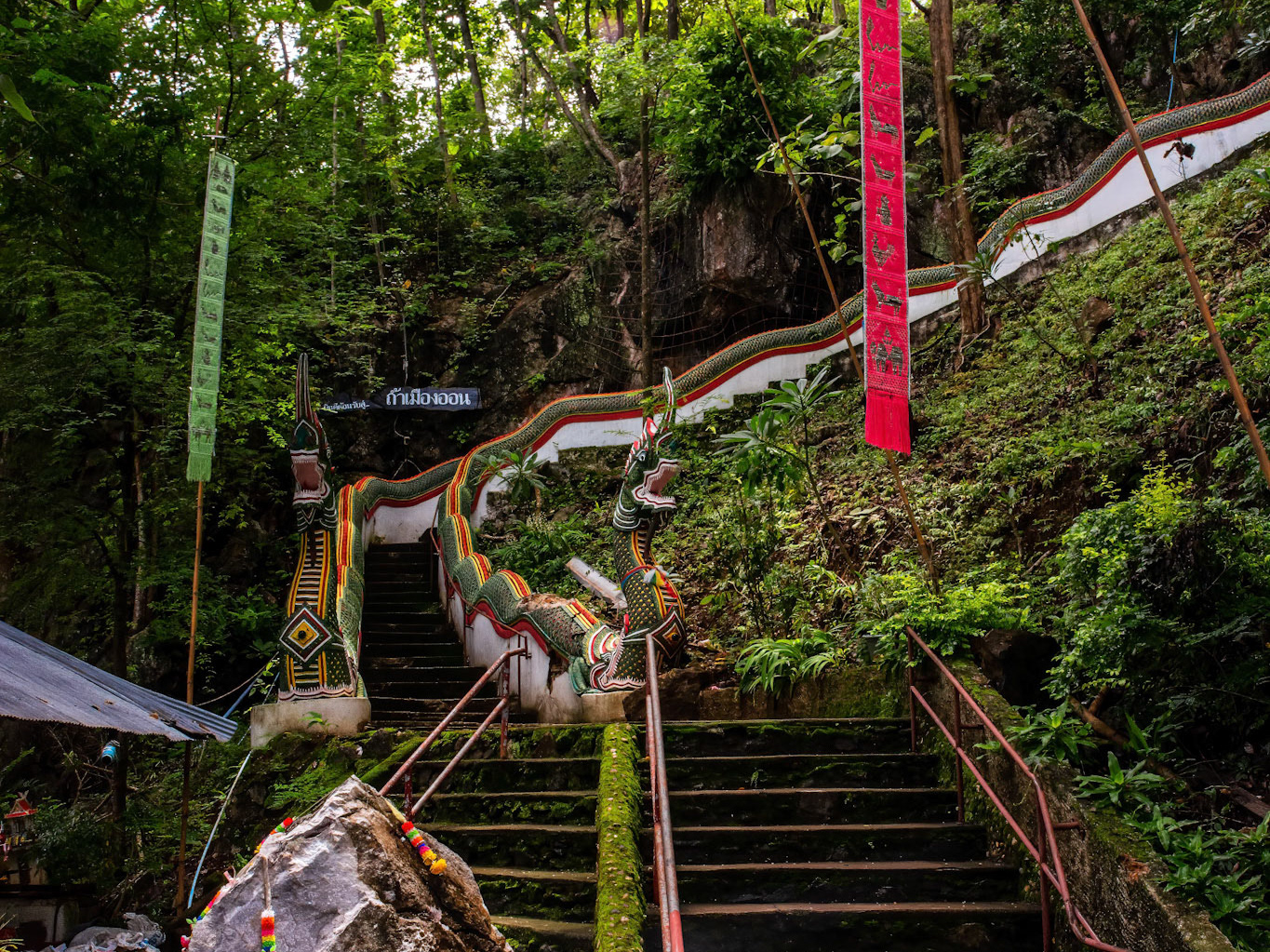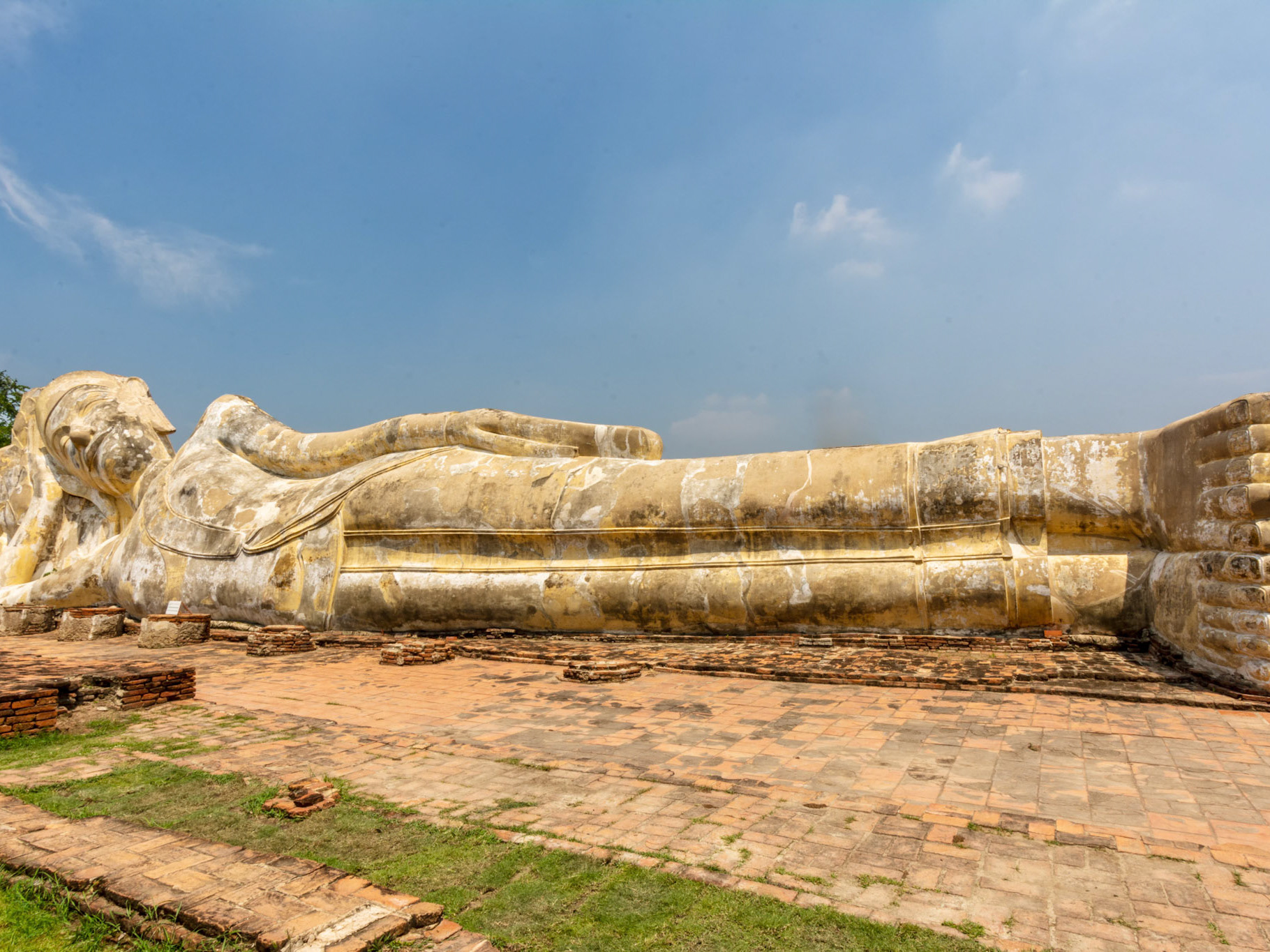On my way to and from Wat Lokayasutharam I passed Wat Thammikarat - วัดธรรมิกราช - and because it seemed to be an active monastery within the ruins of an older ruined structure thought it worth a look. As I was walking along I came across another similar and smaller temple: Wat Yan Saen - วัดญาณเสน, and since it was on my way … Not much is known about Wat Yan Saen although there is speculation that it had something to do with the housing of elephants.
Onwards to Wat Thammikarat, which “most likely pre-dates the founding of Ayutthaya by King U-Thong in 1351. It is historically connected to a Khmer settlement named Ayodaya that was situated just east of the current city island.” As I was walking around I was suprised to see a large number of rooster statues which legend states were associated with the temple because of “a wager between a prince of Ayutthaya and a prince of Burma in a cock fight. The prince’s rooster won the fight, causing the Burmese prince’s humiliation.”
The sunset boat trip I wanted to do the day before was available so I booked myself on it- amazing value at ฿200 which included guest house pick up and drop off, a tour around the three rivers that border the island and time at three riverside temples. Considering there were only 9 people on the tour it’s hard to see how they make a quid from it.
Our first stop after casting off was Wat Phanan Choeng Worawihan - วัดพนัญเชิงวรวิหาร, as the boat began to approach the landing we could see the river boiling with fish being fed from one of the wharves by people looking for merit. The temple was founded in 1324, about 26 years before the establishment of Ayutthaya, and has continuously operated as a temple ever since- even when most of Ayutthaya was deserted after being sacked by the Burmese in 1767. See Ayutthaya History - Wat Phanan Choeng Worawiha
Next stop was Wat Phutthai Sawan - วัดพุทไธศวรรย์, it was thought that the temple originally built in 1353 but recently some doubt has been expressed about this claim. It’s thought that a large number of Khmer slaves, captured in Angkor, were involved in the construction which would explain the distinct “Khmer-style prang … surrounded by a square cloister”. This is a working temple and the repair/restoration work has skilfully combined the old and new, while leaving some of the older parts unrestored around the periphery of the complex. See Ayutthaya History - Wat Phutthai Sawan
Last stop on the tour was Wat Chai Watthanaram - วัดไชยวัฒนาราม, which I had first visited in 2014, see my post at Facebook - although I should probably reprocess the photos. For more on the temple see Ayutthaya History -Wat Chai Watthanaram
Onwards to Wat Thammikarat, which “most likely pre-dates the founding of Ayutthaya by King U-Thong in 1351. It is historically connected to a Khmer settlement named Ayodaya that was situated just east of the current city island.” As I was walking around I was suprised to see a large number of rooster statues which legend states were associated with the temple because of “a wager between a prince of Ayutthaya and a prince of Burma in a cock fight. The prince’s rooster won the fight, causing the Burmese prince’s humiliation.”
The sunset boat trip I wanted to do the day before was available so I booked myself on it- amazing value at ฿200 which included guest house pick up and drop off, a tour around the three rivers that border the island and time at three riverside temples. Considering there were only 9 people on the tour it’s hard to see how they make a quid from it.
Our first stop after casting off was Wat Phanan Choeng Worawihan - วัดพนัญเชิงวรวิหาร, as the boat began to approach the landing we could see the river boiling with fish being fed from one of the wharves by people looking for merit. The temple was founded in 1324, about 26 years before the establishment of Ayutthaya, and has continuously operated as a temple ever since- even when most of Ayutthaya was deserted after being sacked by the Burmese in 1767. See Ayutthaya History - Wat Phanan Choeng Worawiha
Next stop was Wat Phutthai Sawan - วัดพุทไธศวรรย์, it was thought that the temple originally built in 1353 but recently some doubt has been expressed about this claim. It’s thought that a large number of Khmer slaves, captured in Angkor, were involved in the construction which would explain the distinct “Khmer-style prang … surrounded by a square cloister”. This is a working temple and the repair/restoration work has skilfully combined the old and new, while leaving some of the older parts unrestored around the periphery of the complex. See Ayutthaya History - Wat Phutthai Sawan
Last stop on the tour was Wat Chai Watthanaram - วัดไชยวัฒนาราม, which I had first visited in 2014, see my post at Facebook - although I should probably reprocess the photos. For more on the temple see Ayutthaya History -Wat Chai Watthanaram
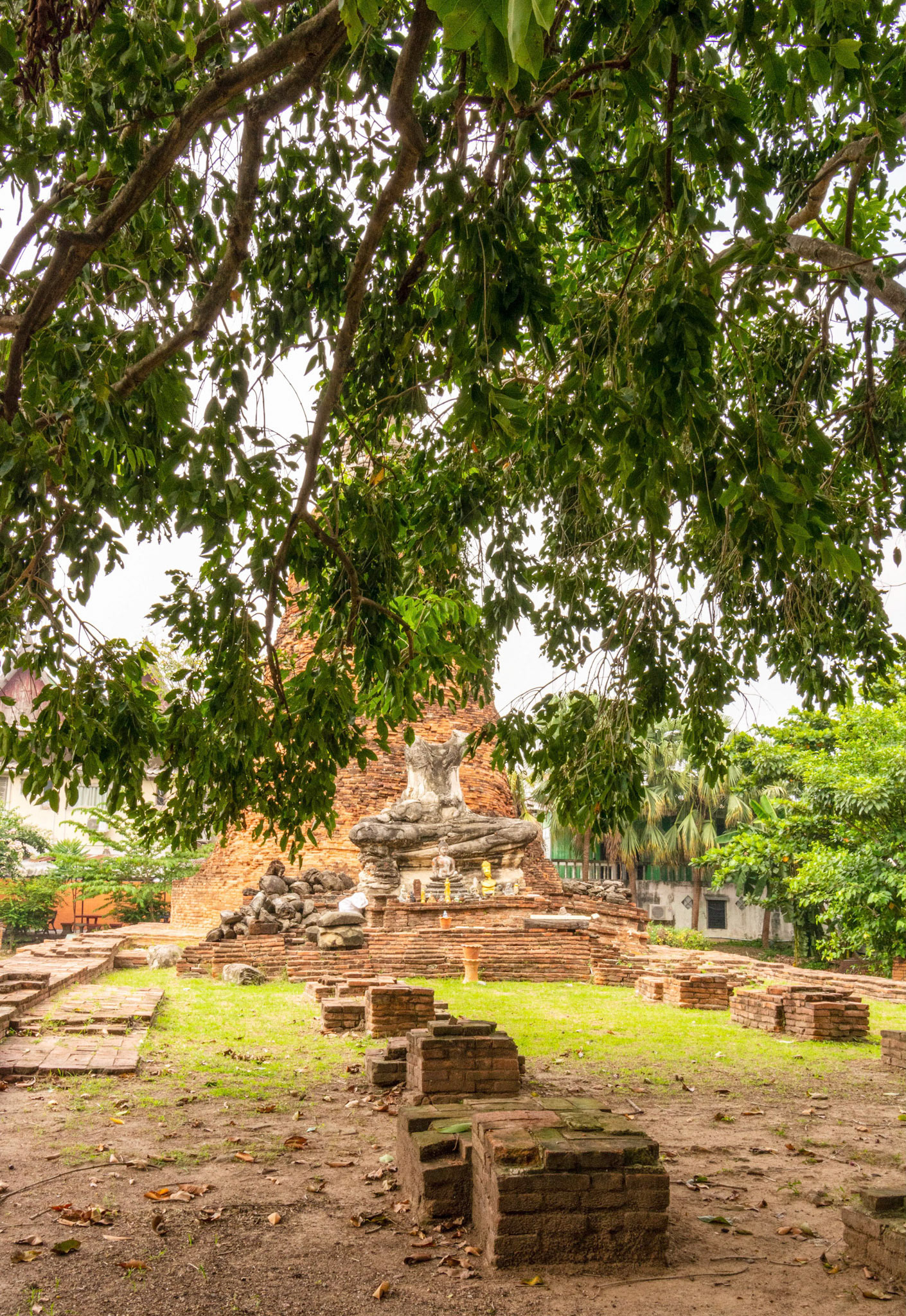
Wat Yan Saen - วัดญาณเสน
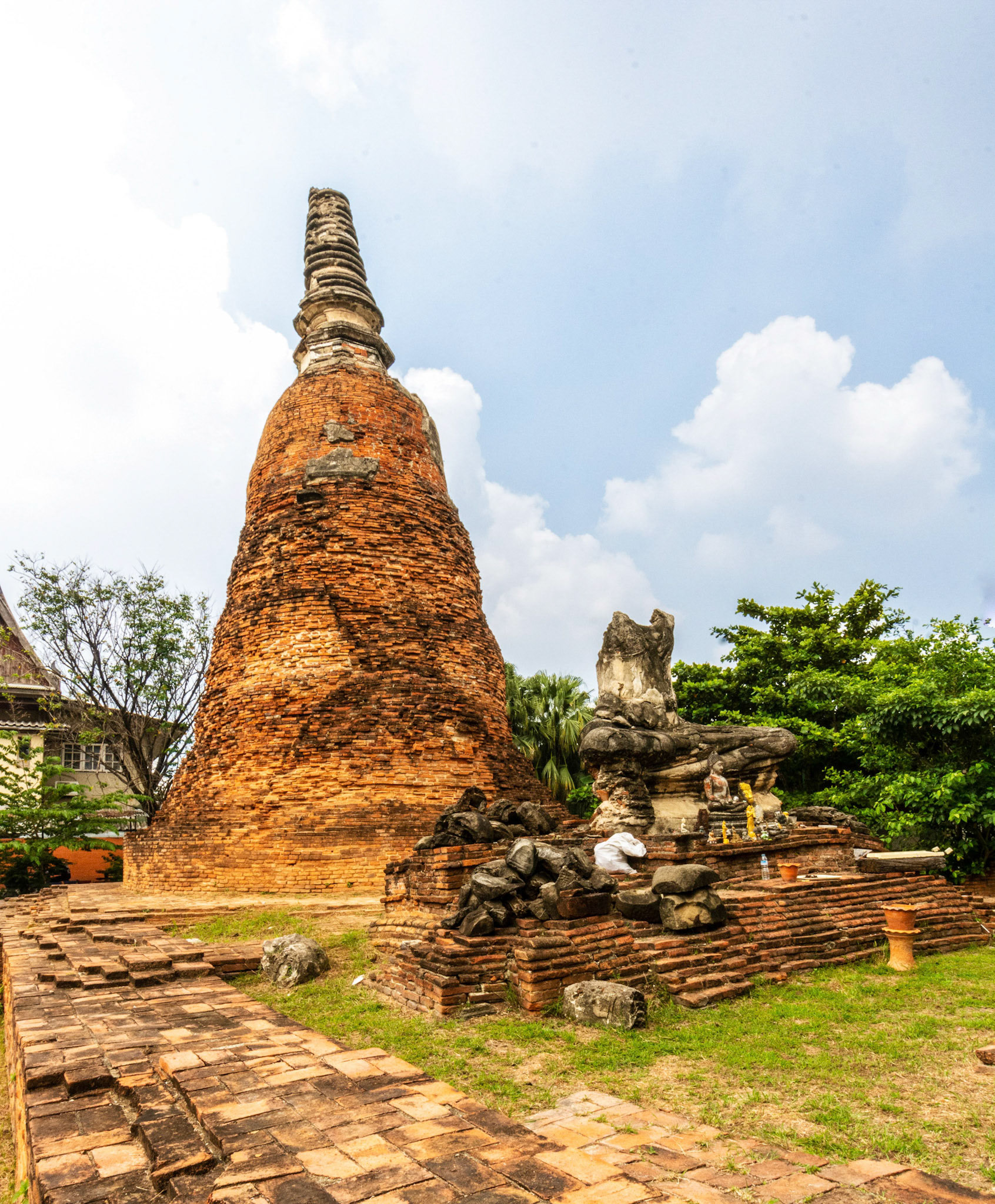
Wat Yan Saen - วัดญาณเสน
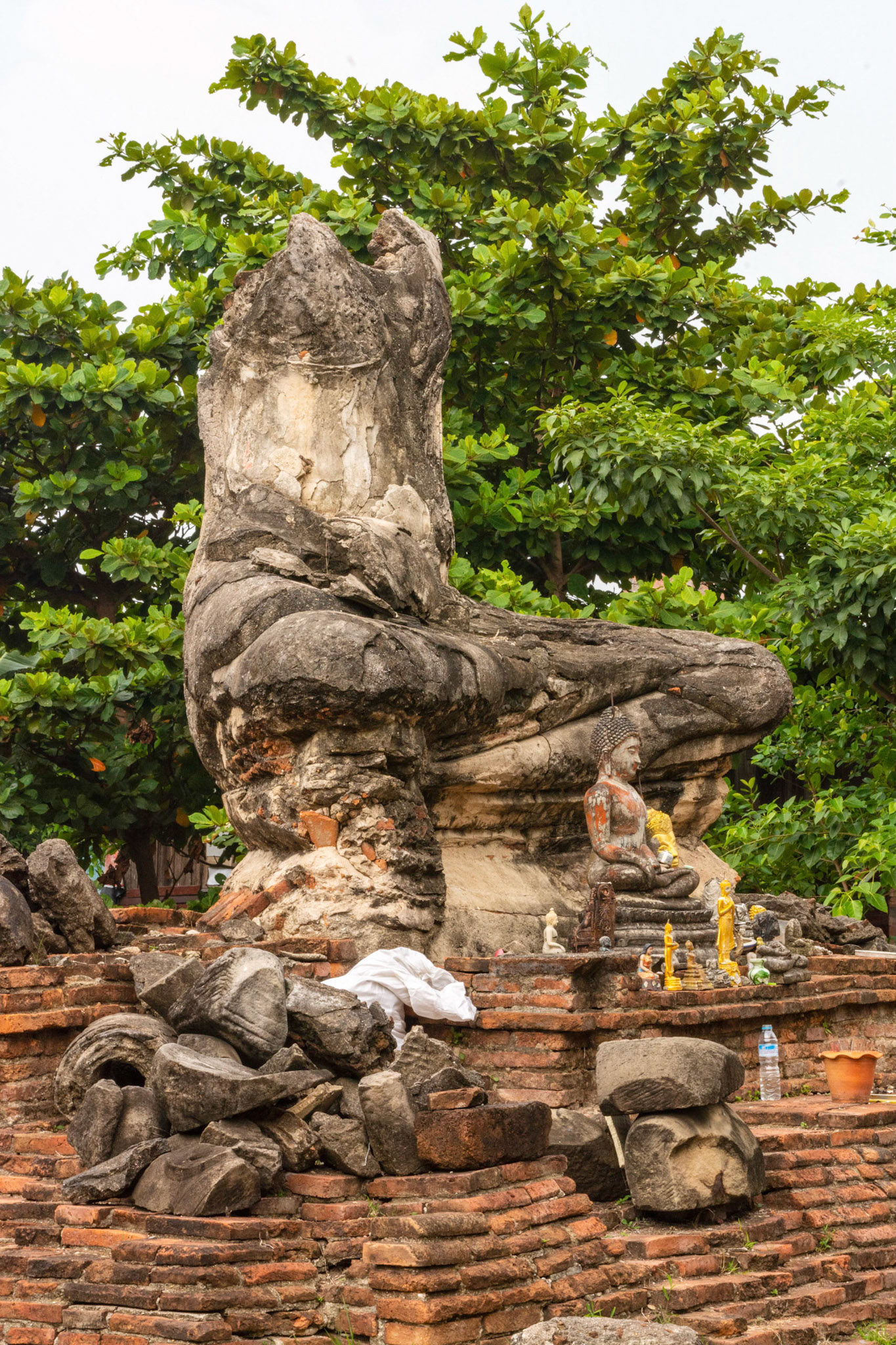
Wat Yan Saen - วัดญาณเสน
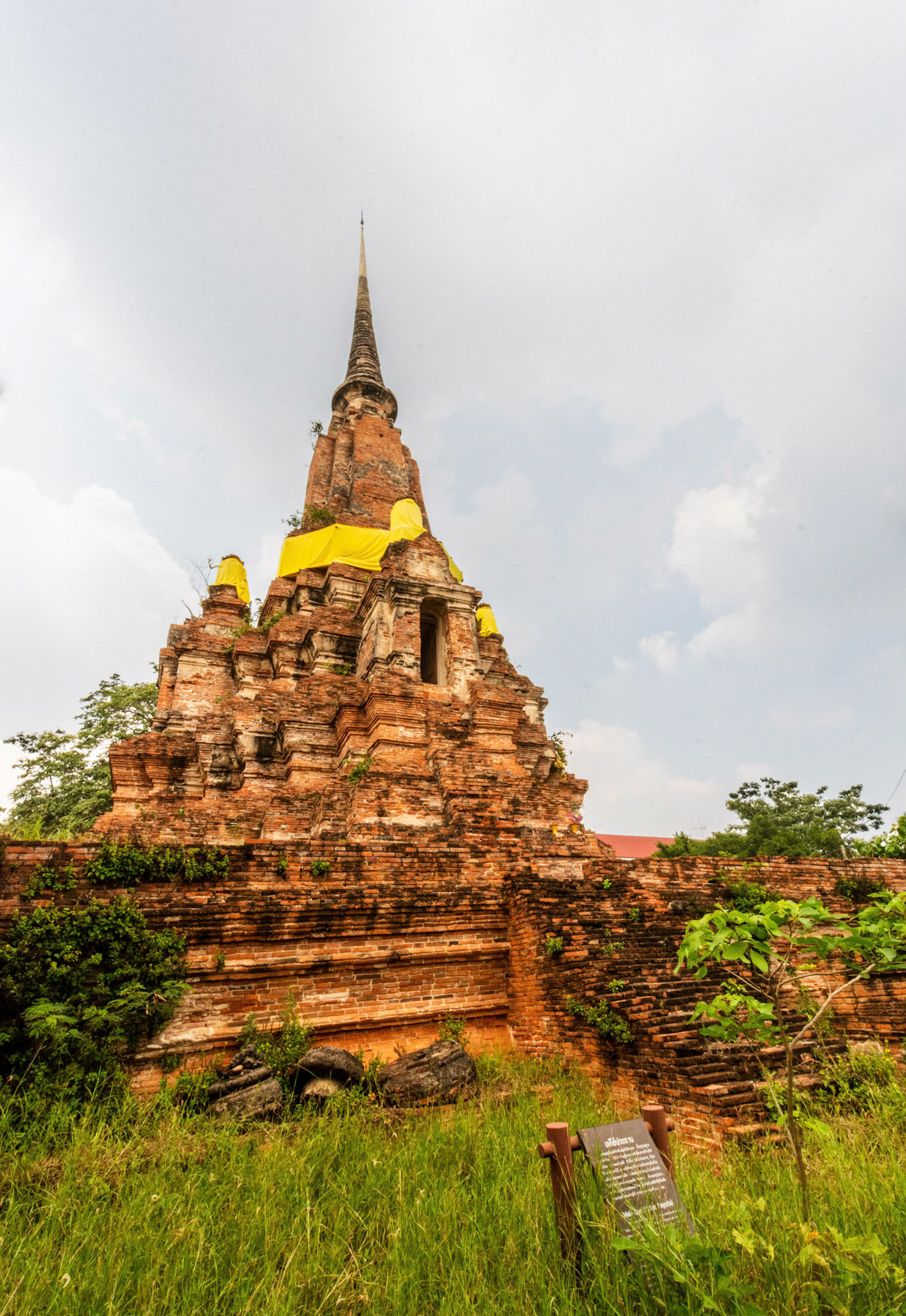
Wat Yan Saen - วัดญาณเสน
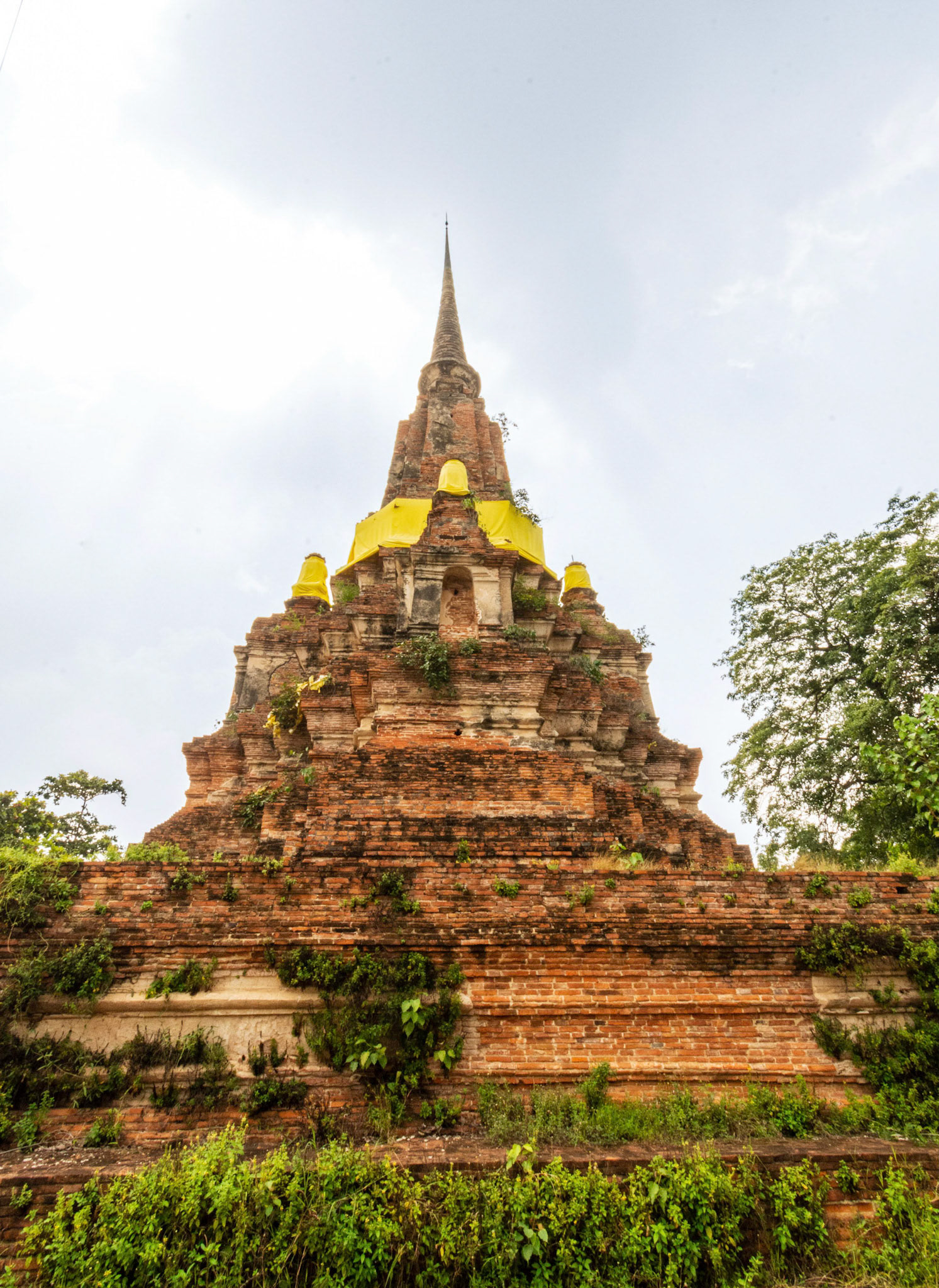
Wat Yan Saen - วัดญาณเสน
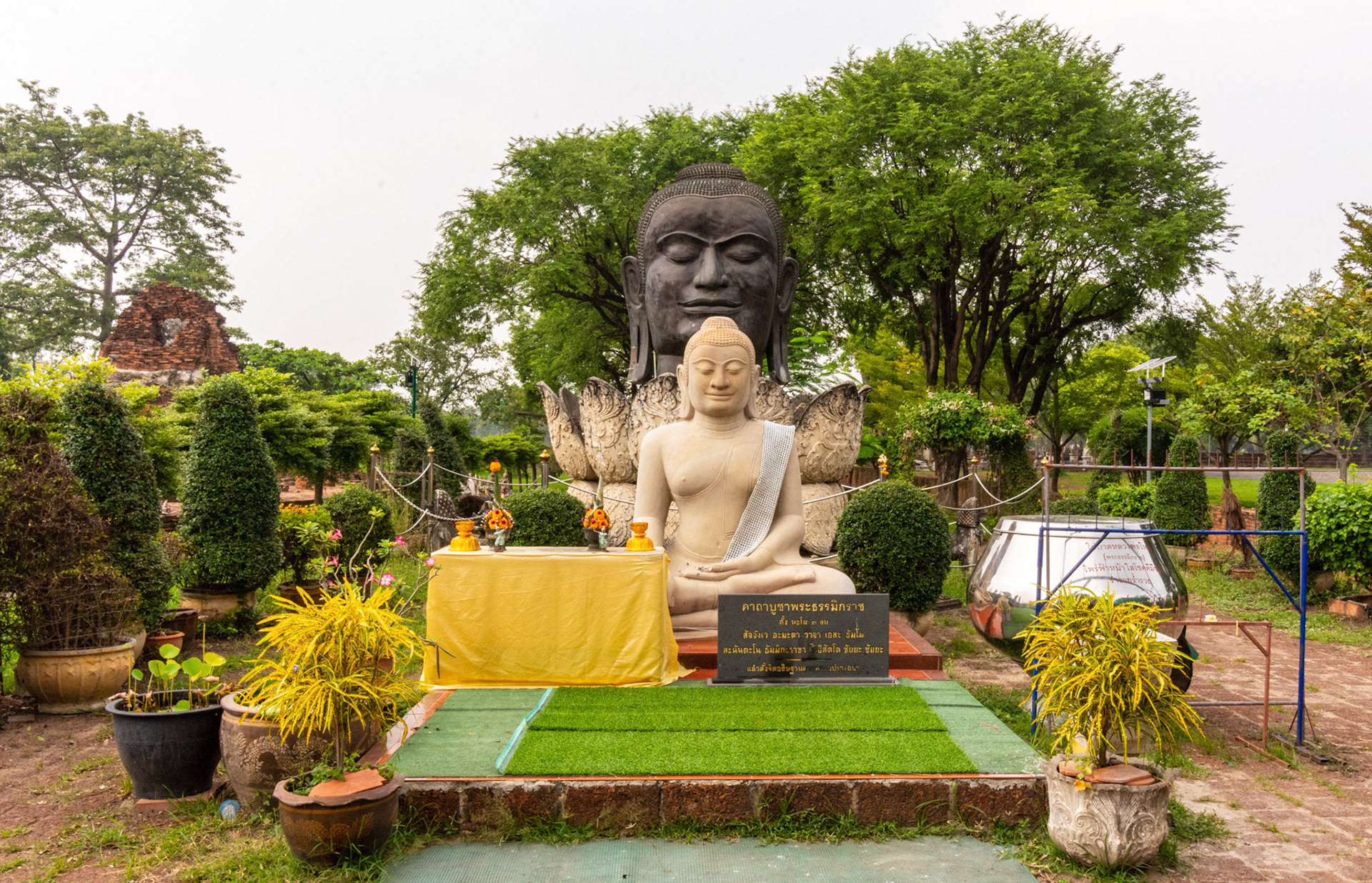
Wat Thammikarat - วัดธรรมิกราช
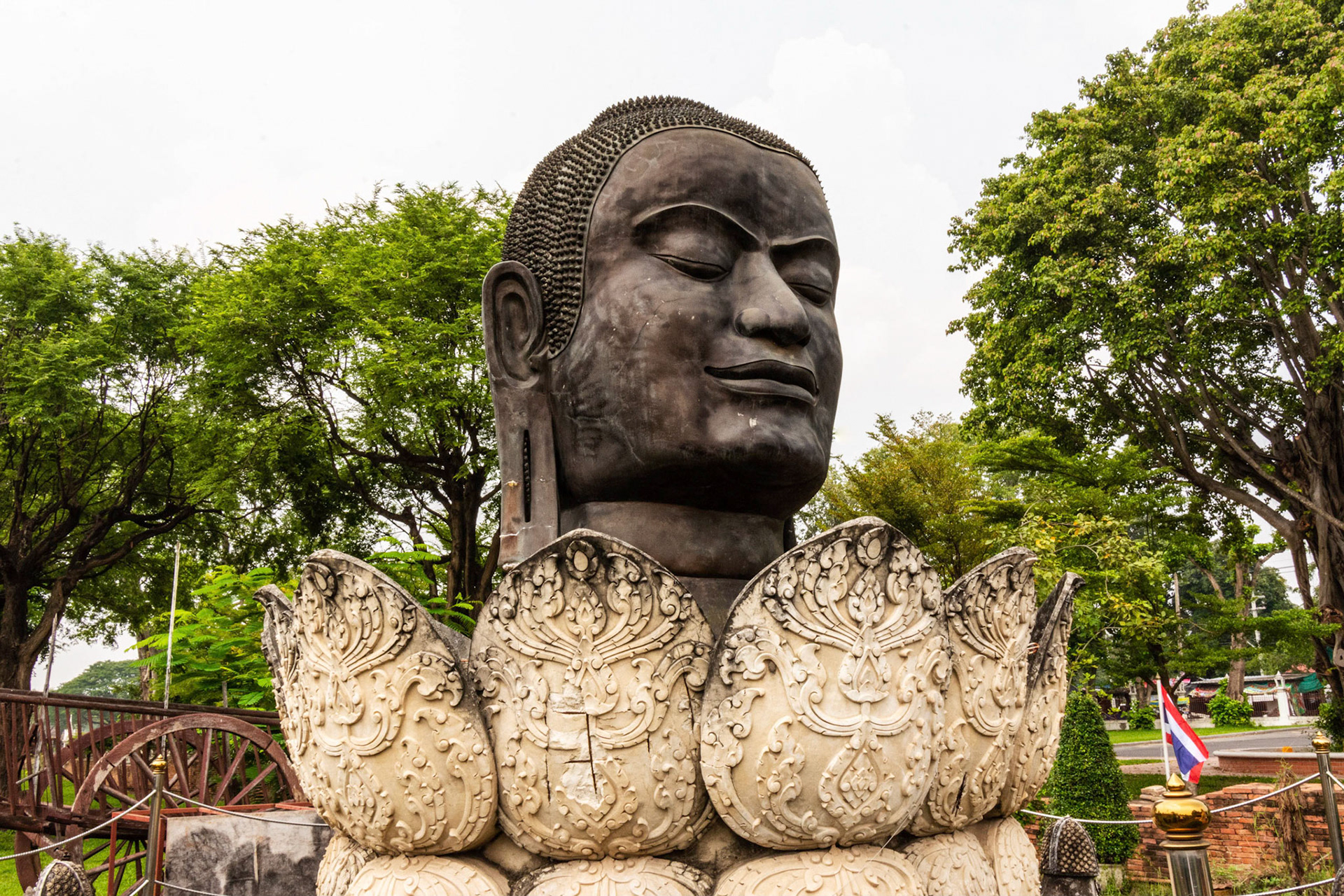
Wat Thammikarat - วัดธรรมิกราช
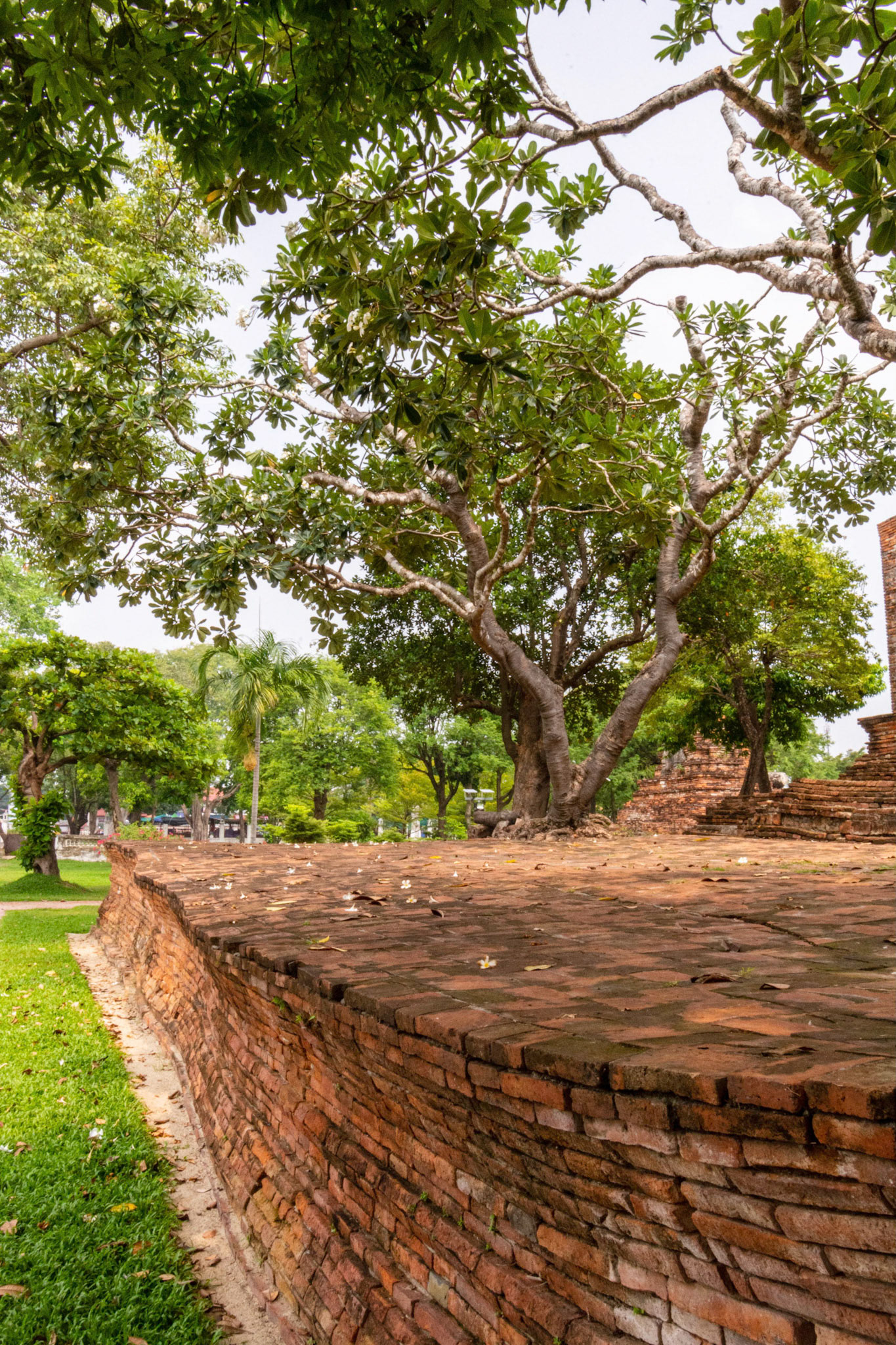
Wat Thammikarat - วัดธรรมิกราช
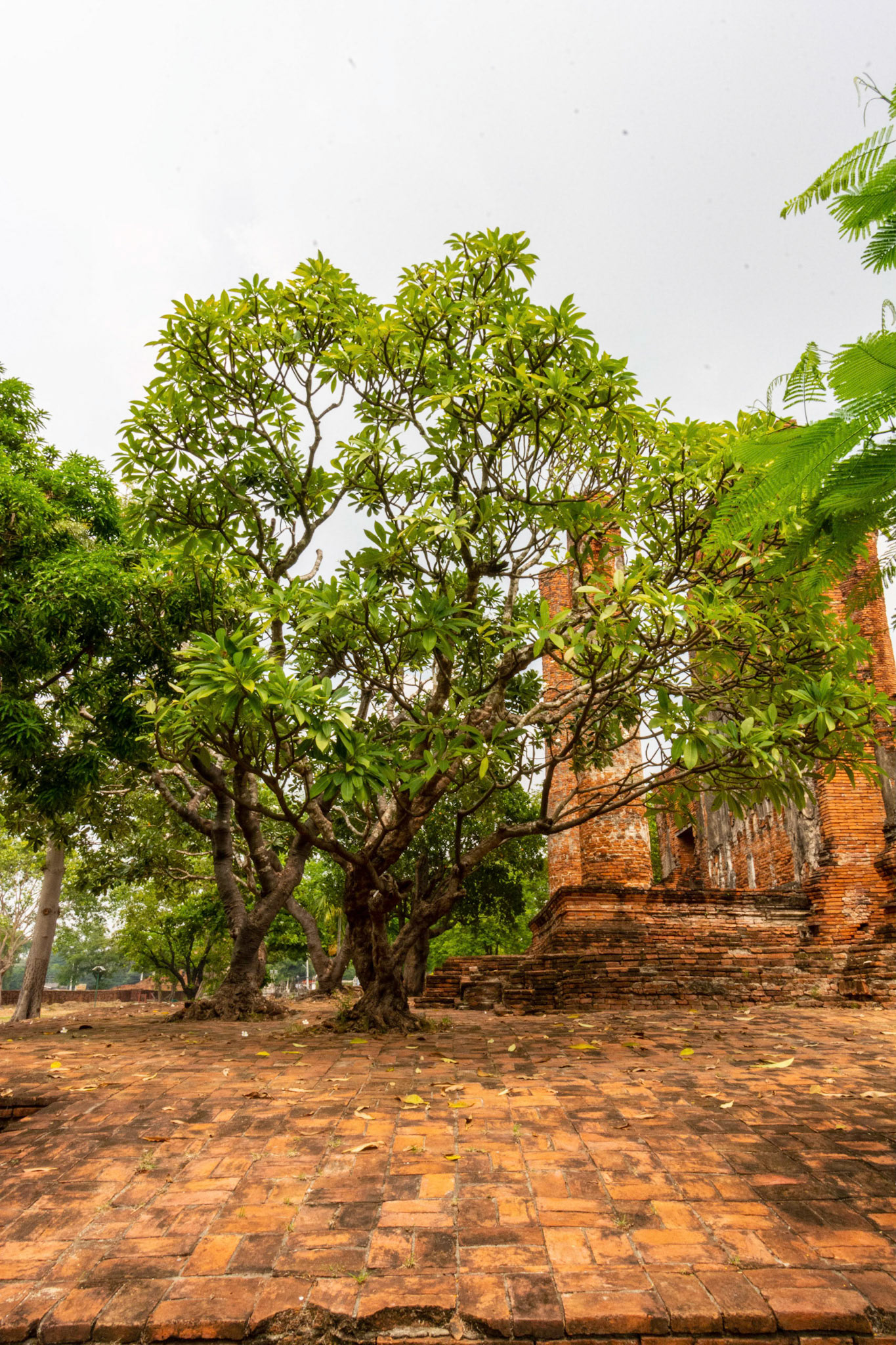
Wat Thammikarat - วัดธรรมิกราช
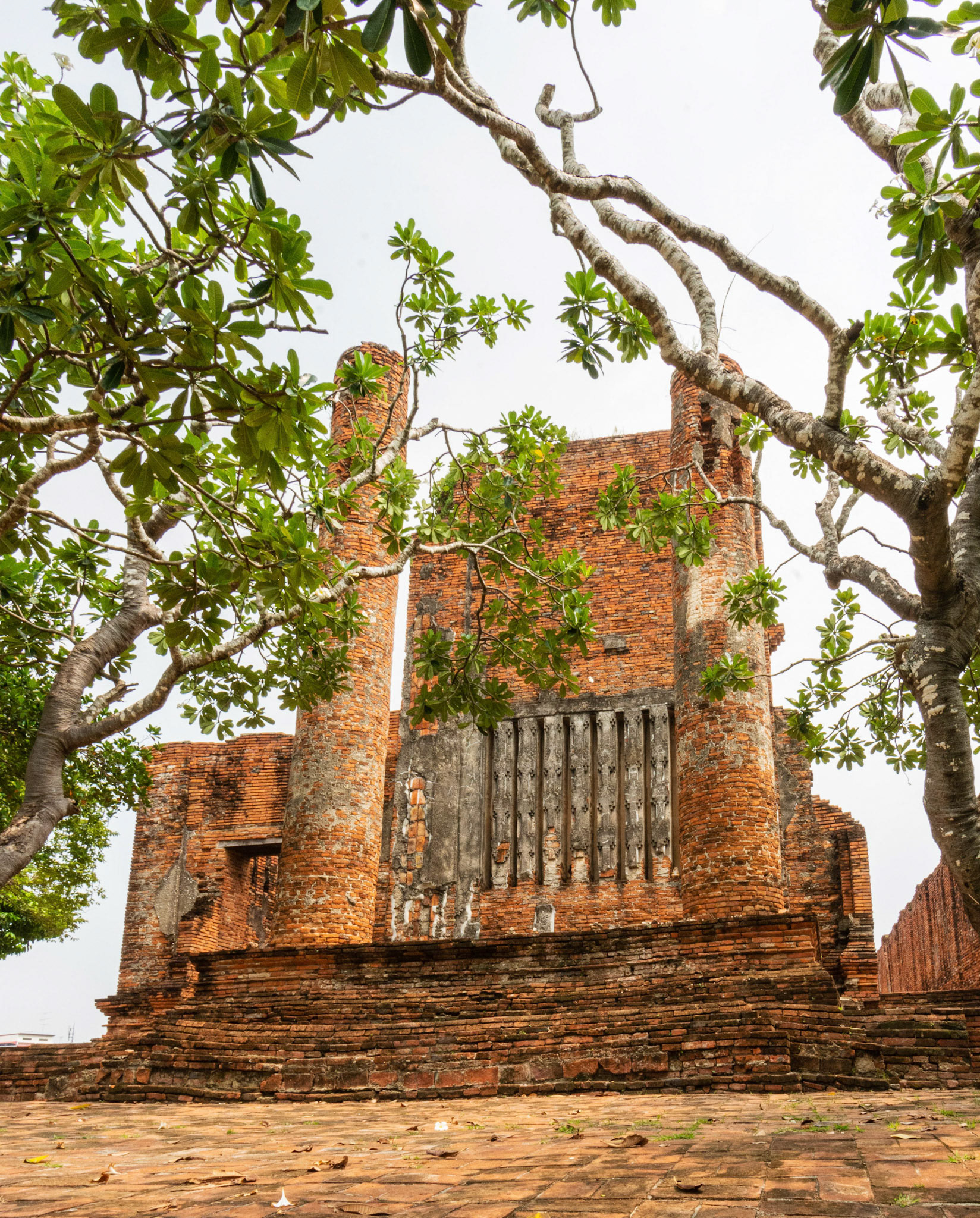
Wat Thammikarat - วัดธรรมิกราช
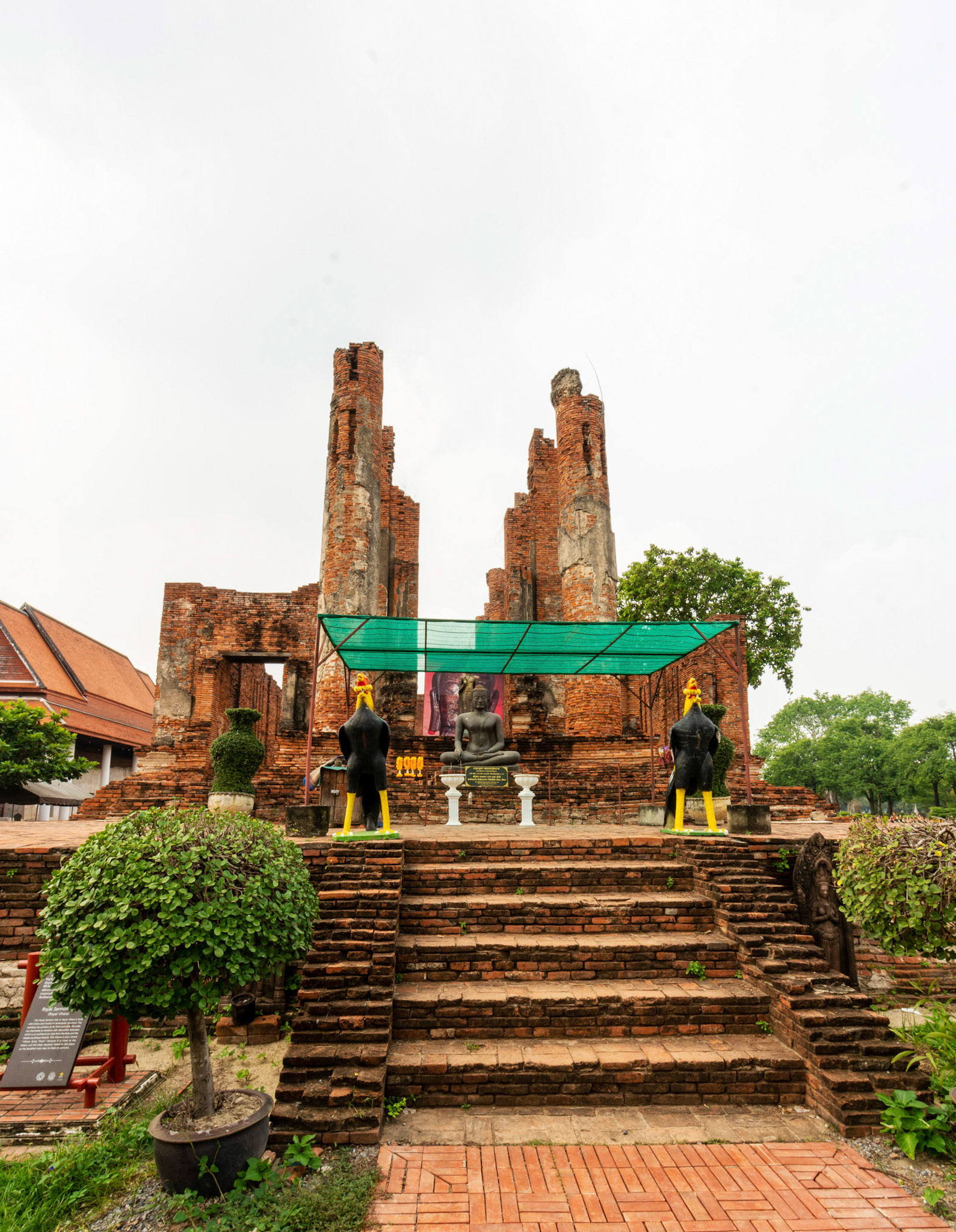
Wat Thammikarat - วัดธรรมิกราช
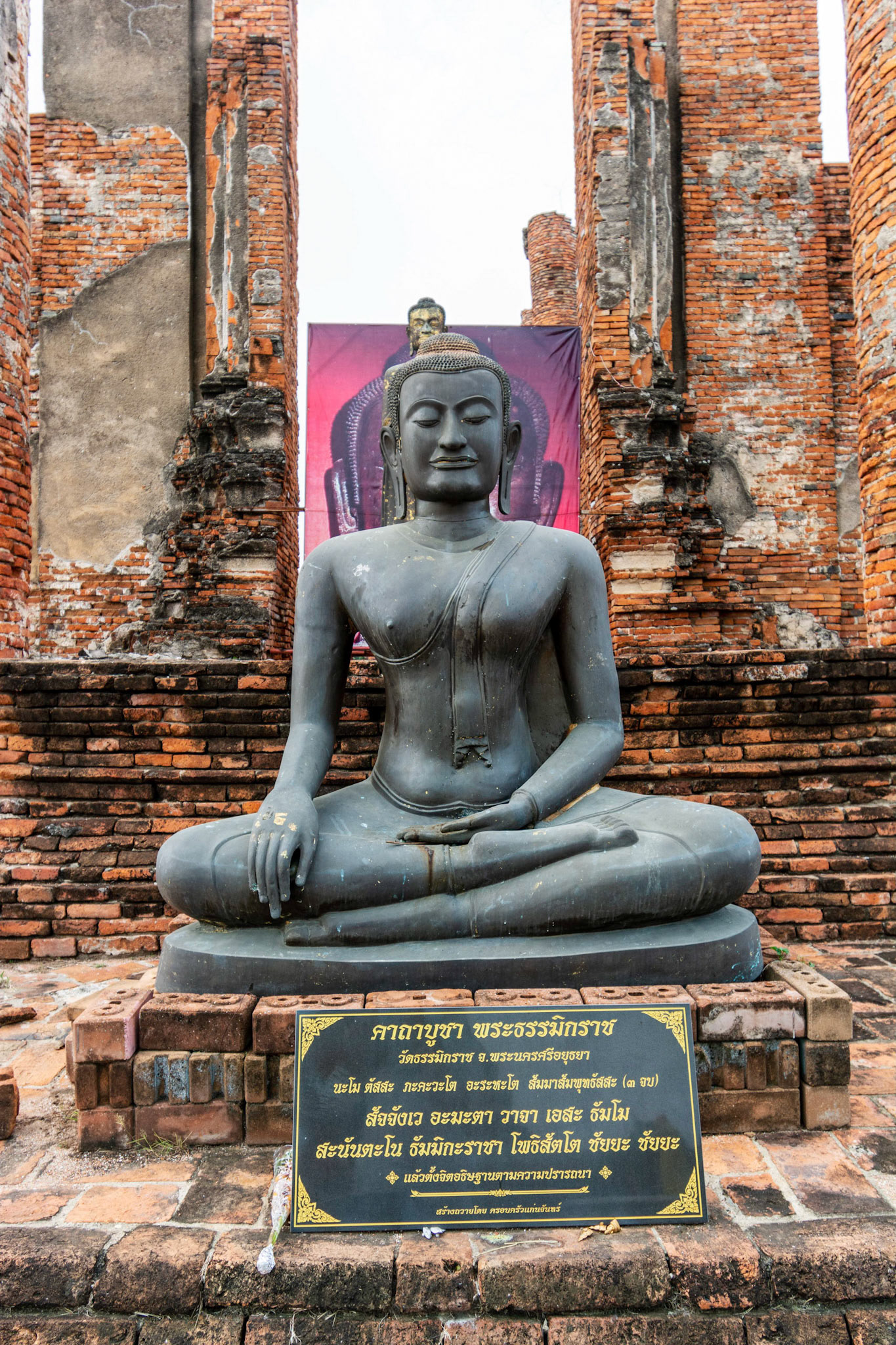
Wat Thammikarat - วัดธรรมิกราช
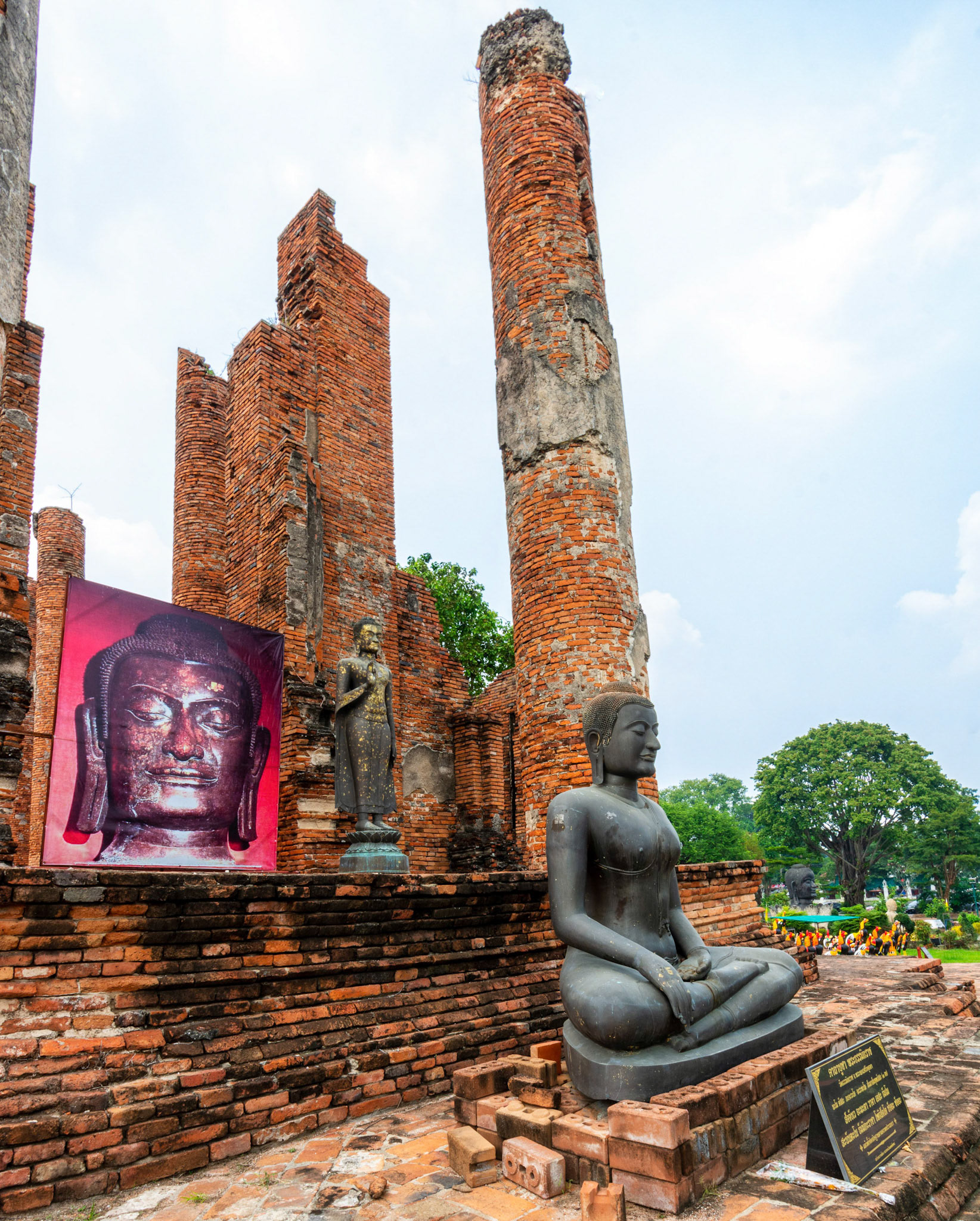
Wat Thammikarat - วัดธรรมิกราช
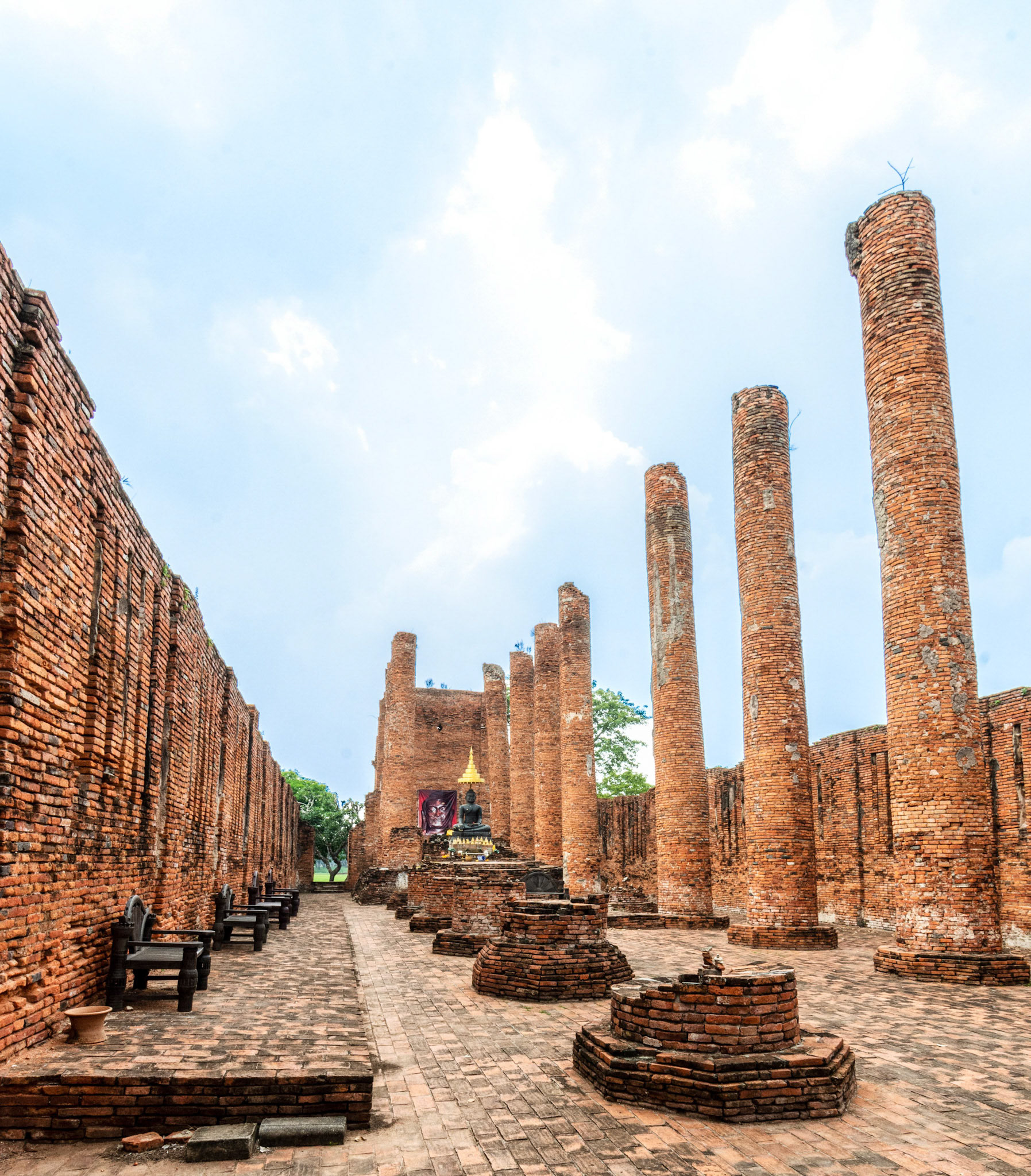
Wat Thammikarat - วัดธรรมิกราช

Wat Thammikarat - วัดธรรมิกราช
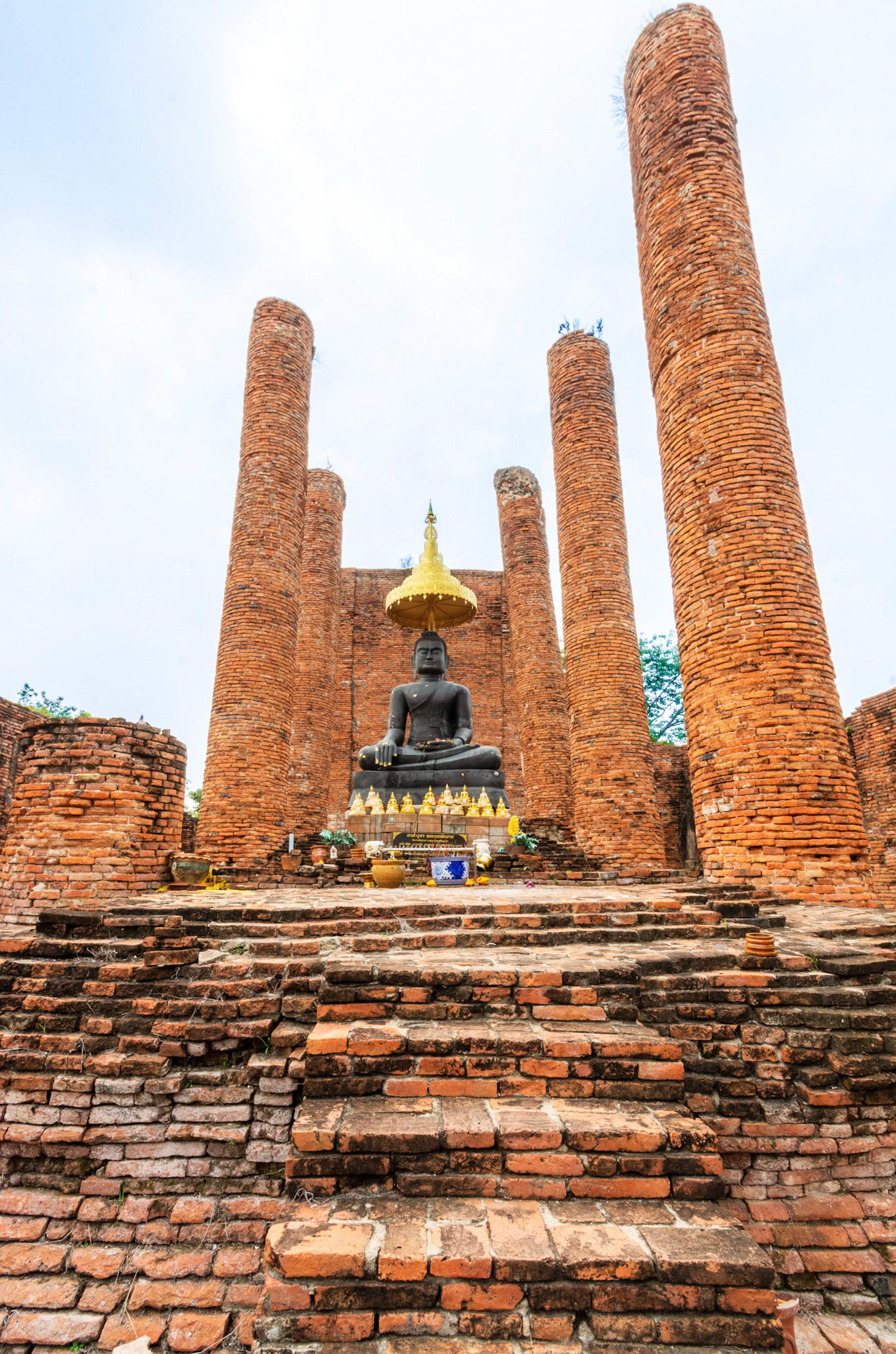
Wat Thammikarat - วัดธรรมิกราช
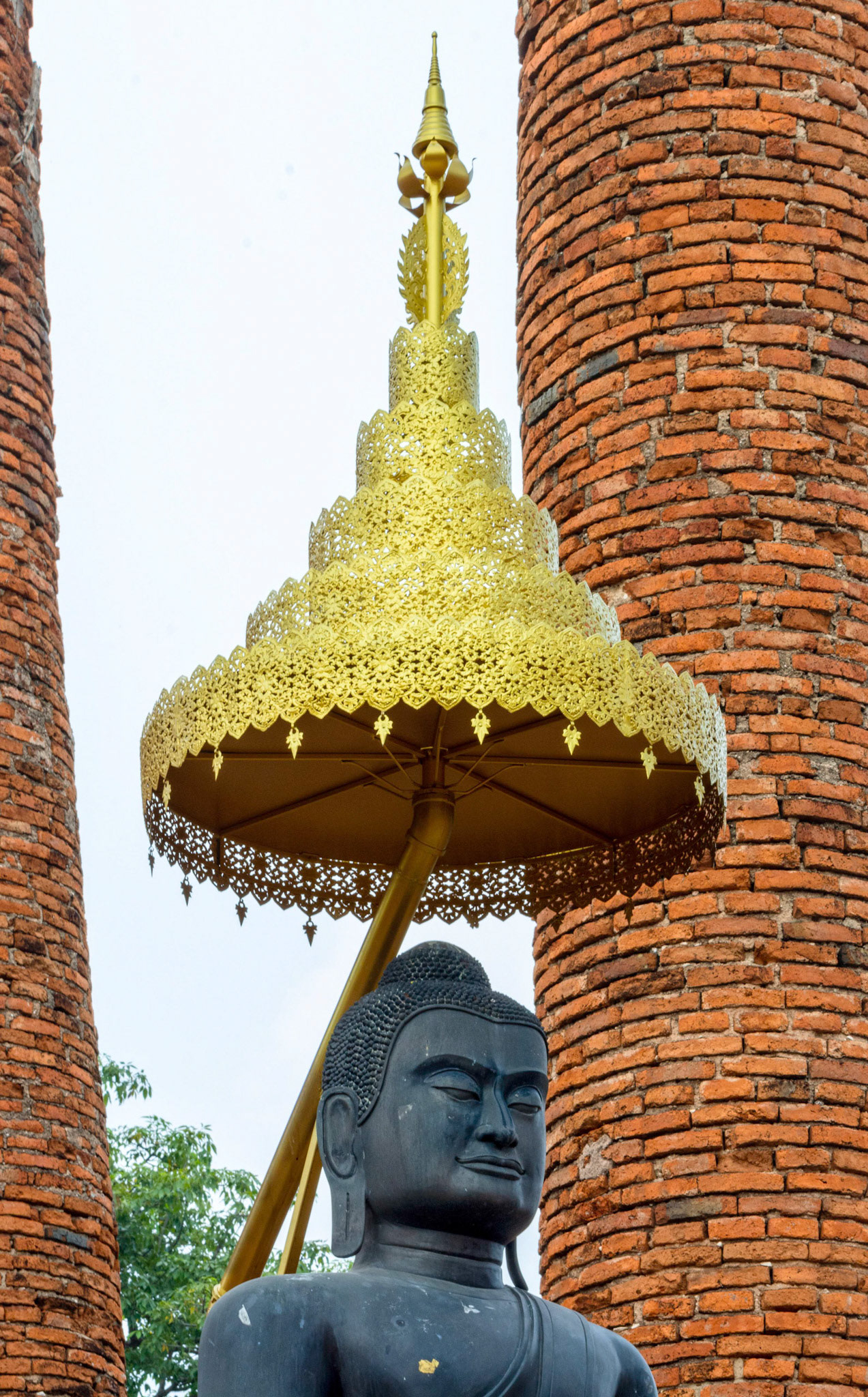
Wat Thammikarat - วัดธรรมิกราช
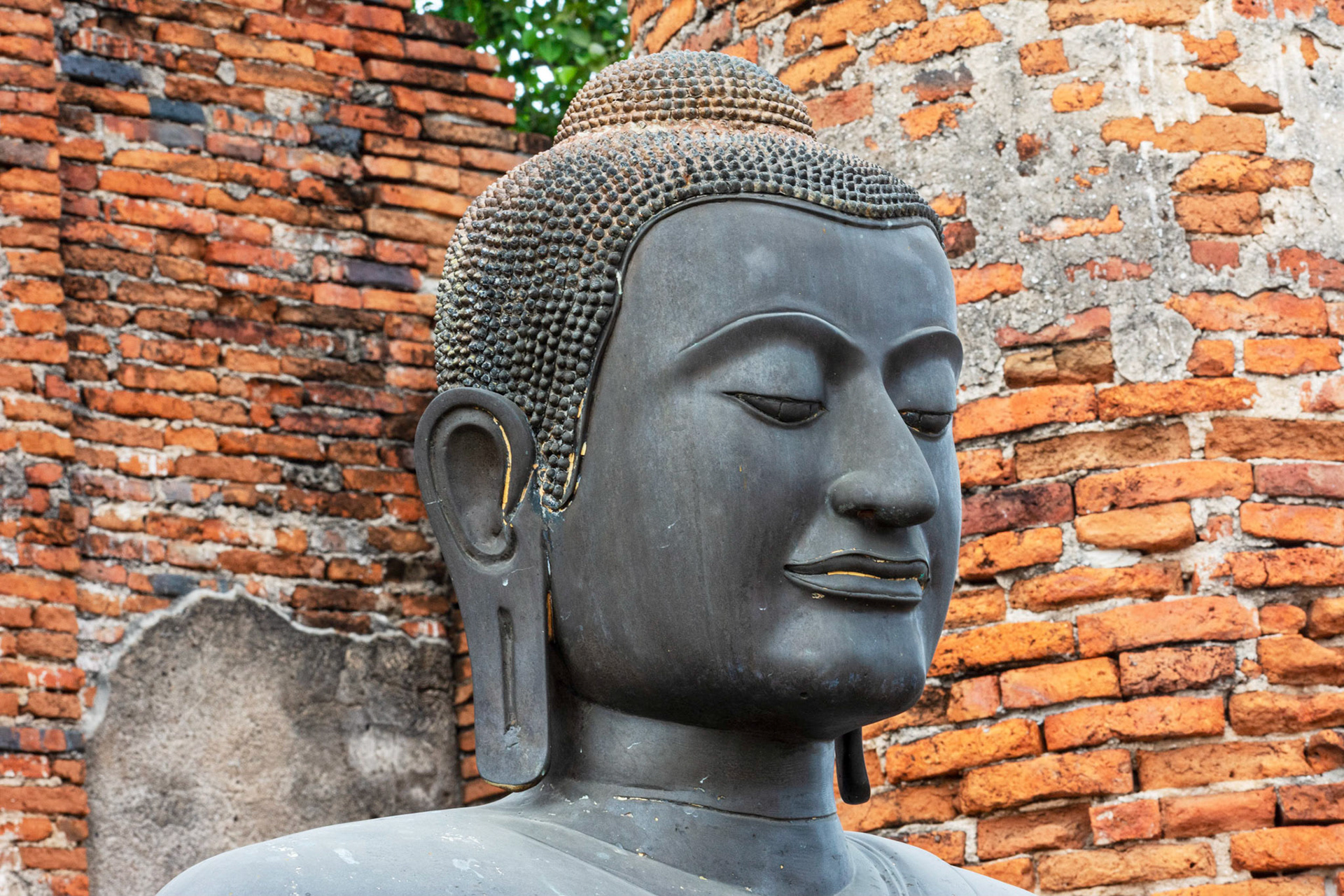
Wat Thammikarat - วัดธรรมิกราช

Wat Thammikarat - วัดธรรมิกราช
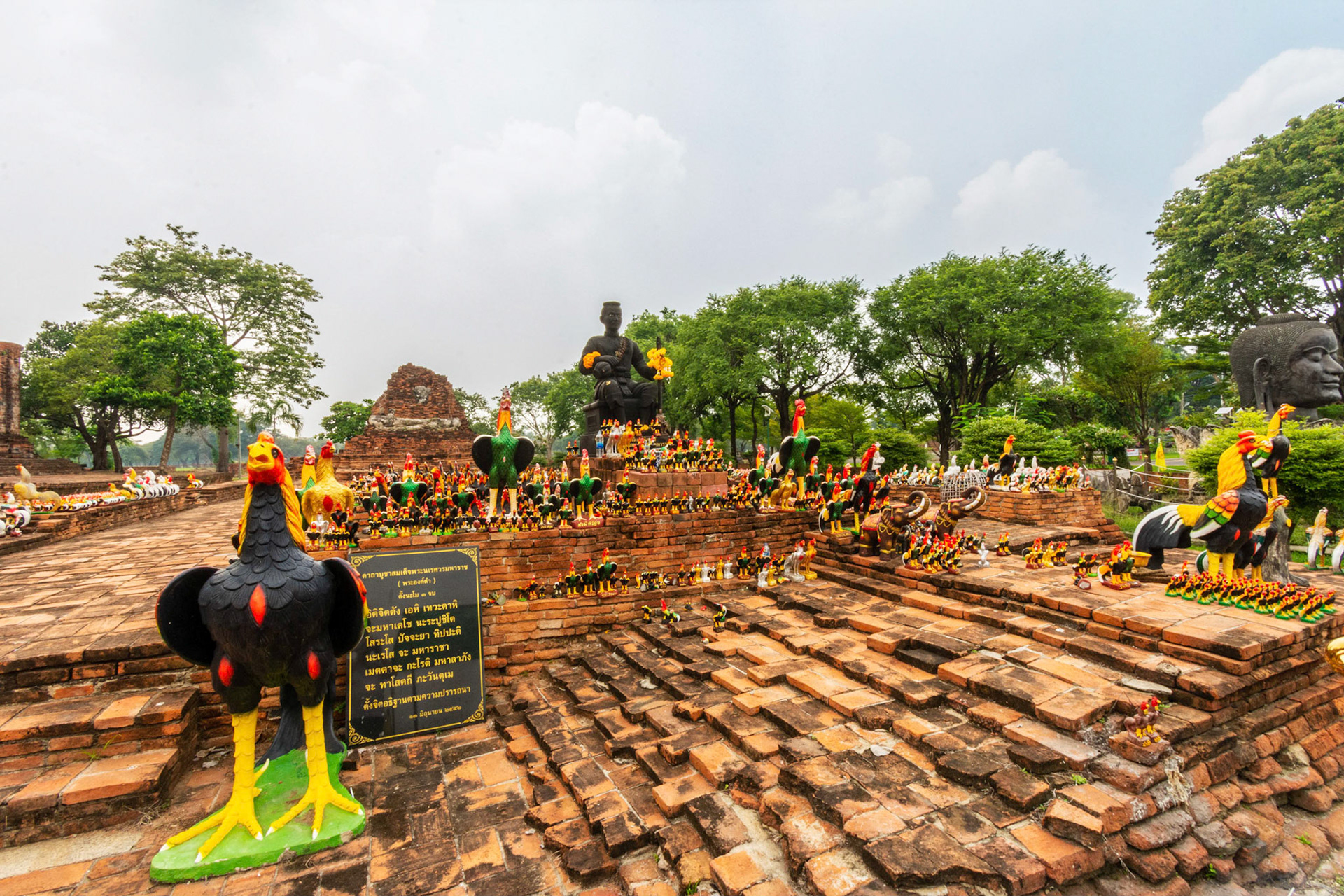
Wat Thammikarat - วัดธรรมิกราช

Wat Thammikarat - วัดธรรมิกราช
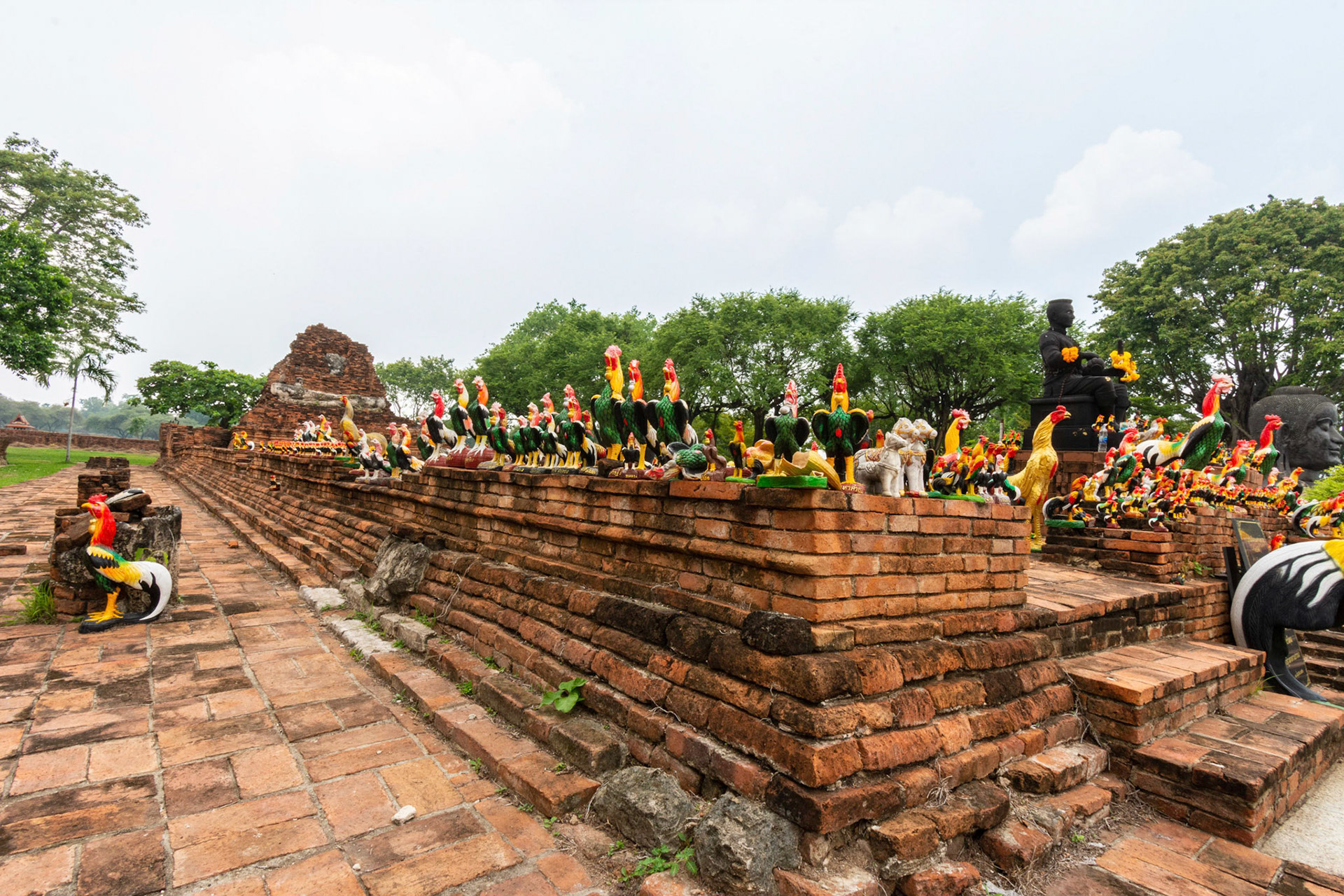
Wat Thammikarat - วัดธรรมิกราช
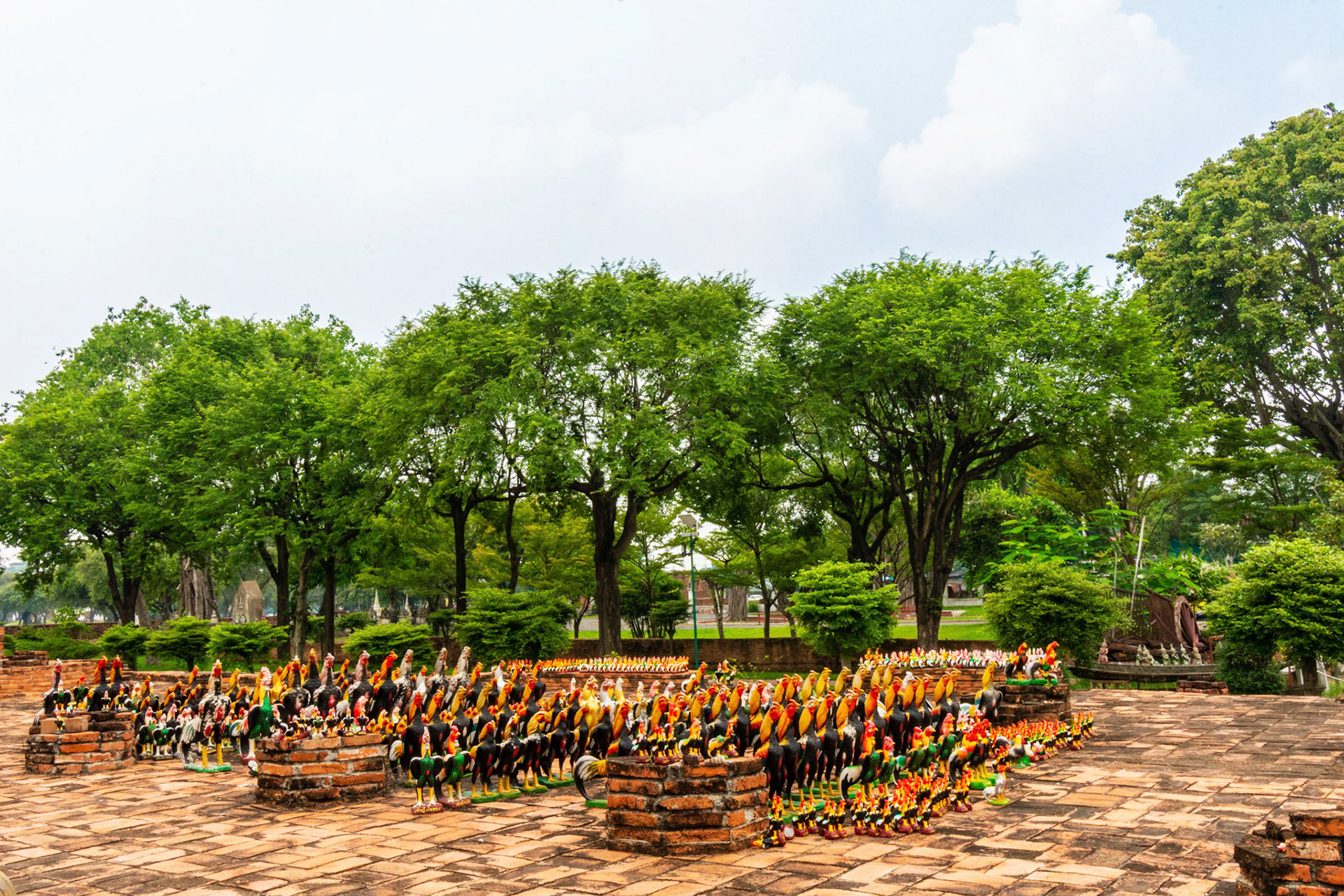
Wat Thammikarat - วัดธรรมิกราช
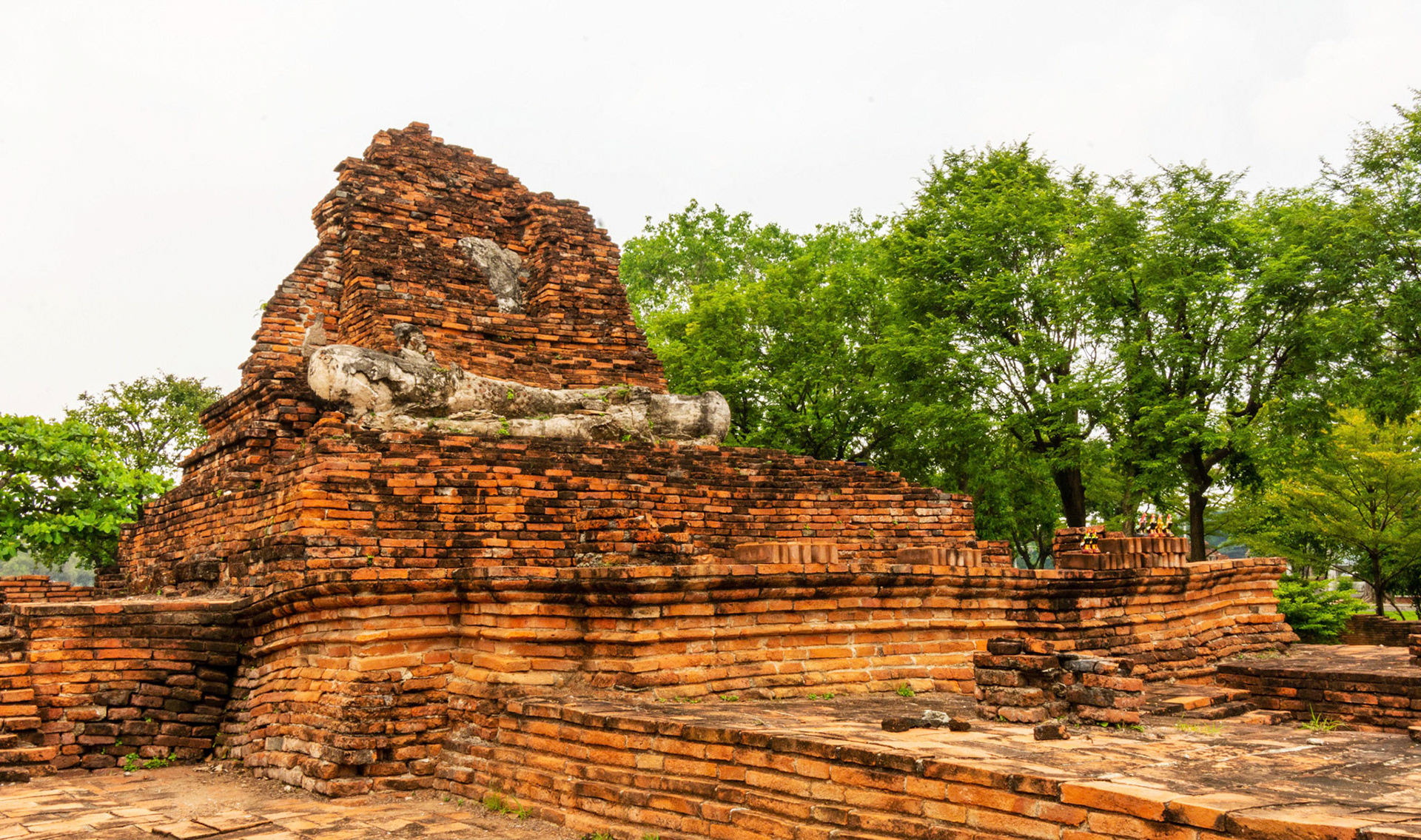
Wat Thammikarat - วัดธรรมิกราช
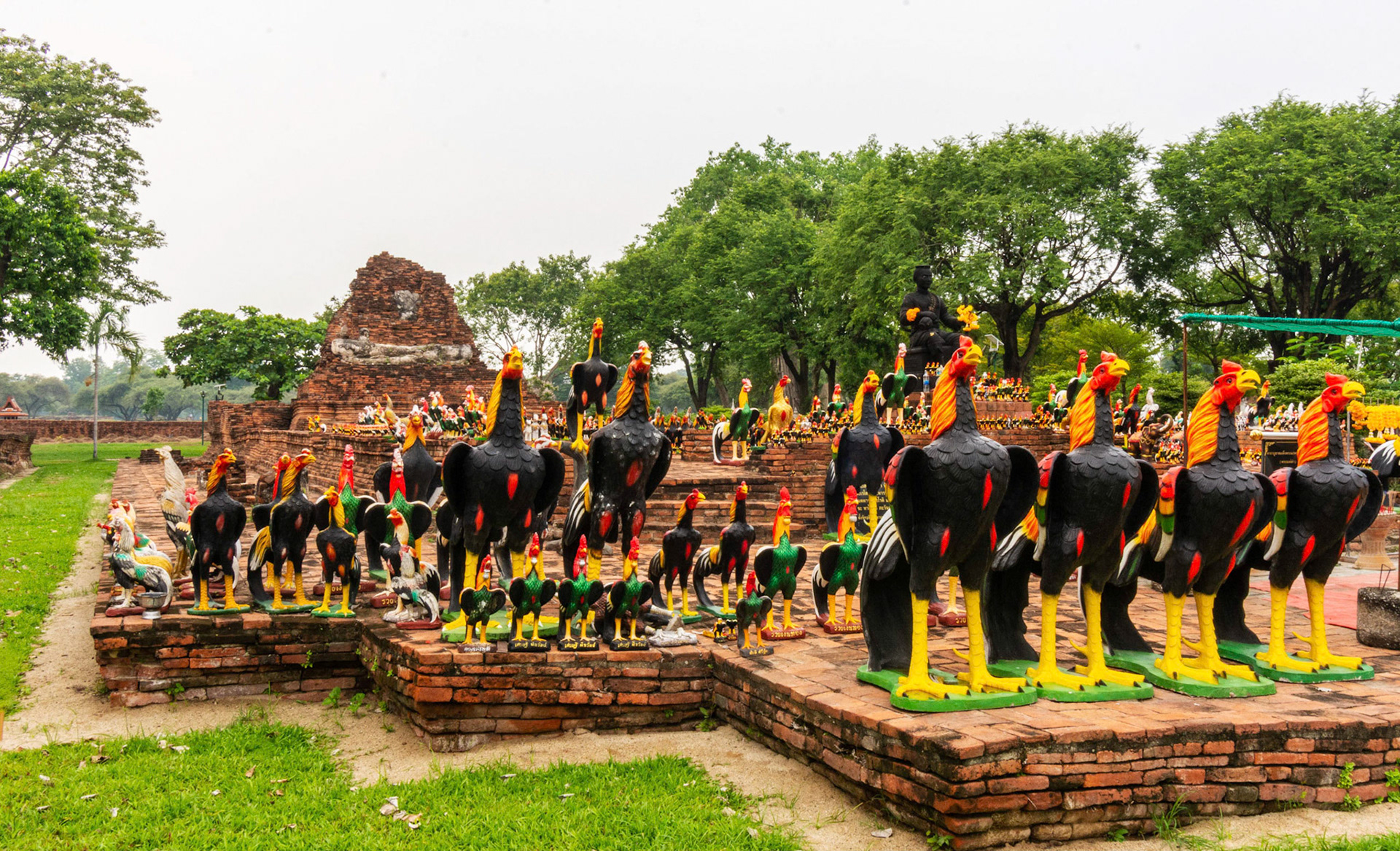
Wat Thammikarat - วัดธรรมิกราช
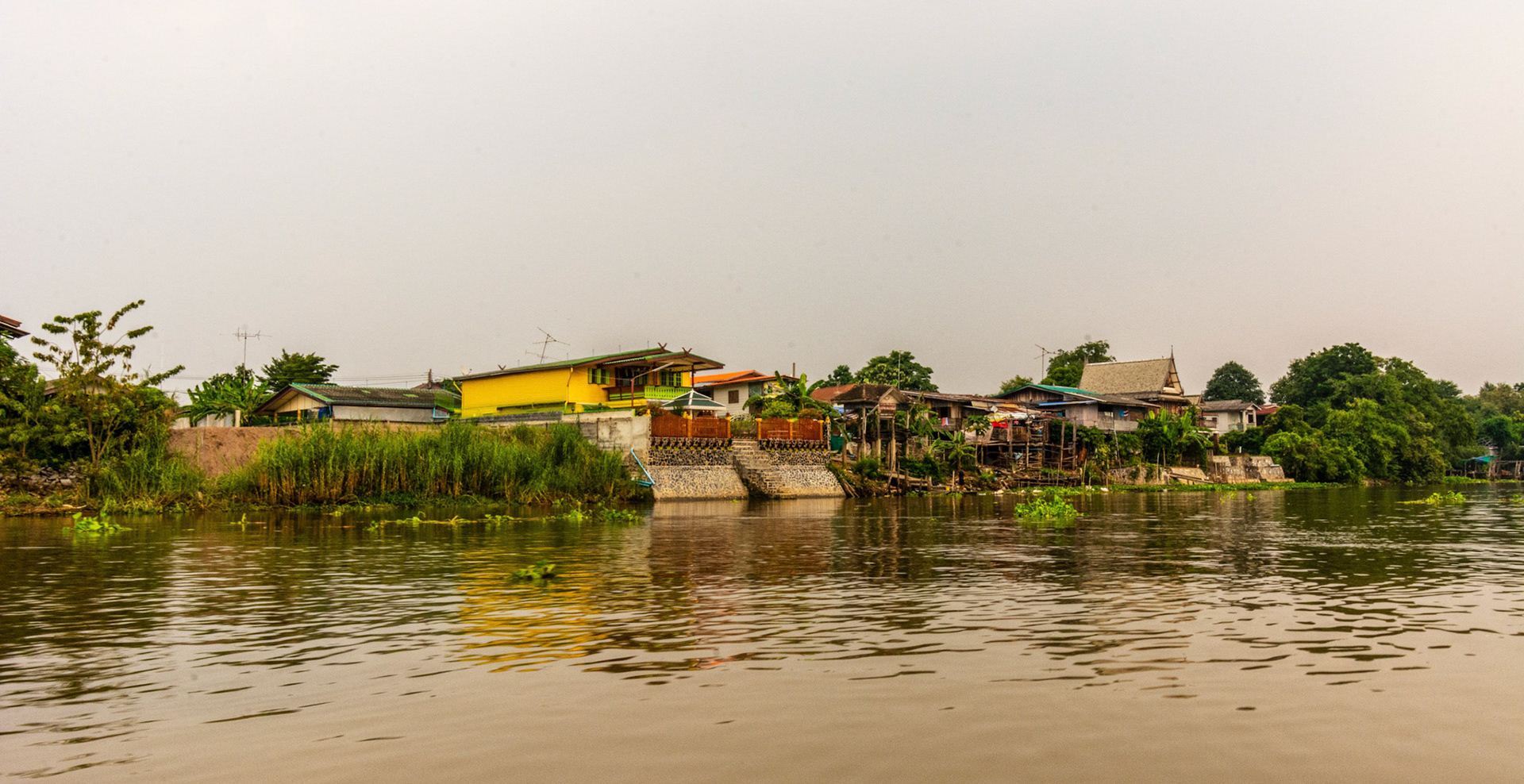
Chao Phraya River, Ayutthaya
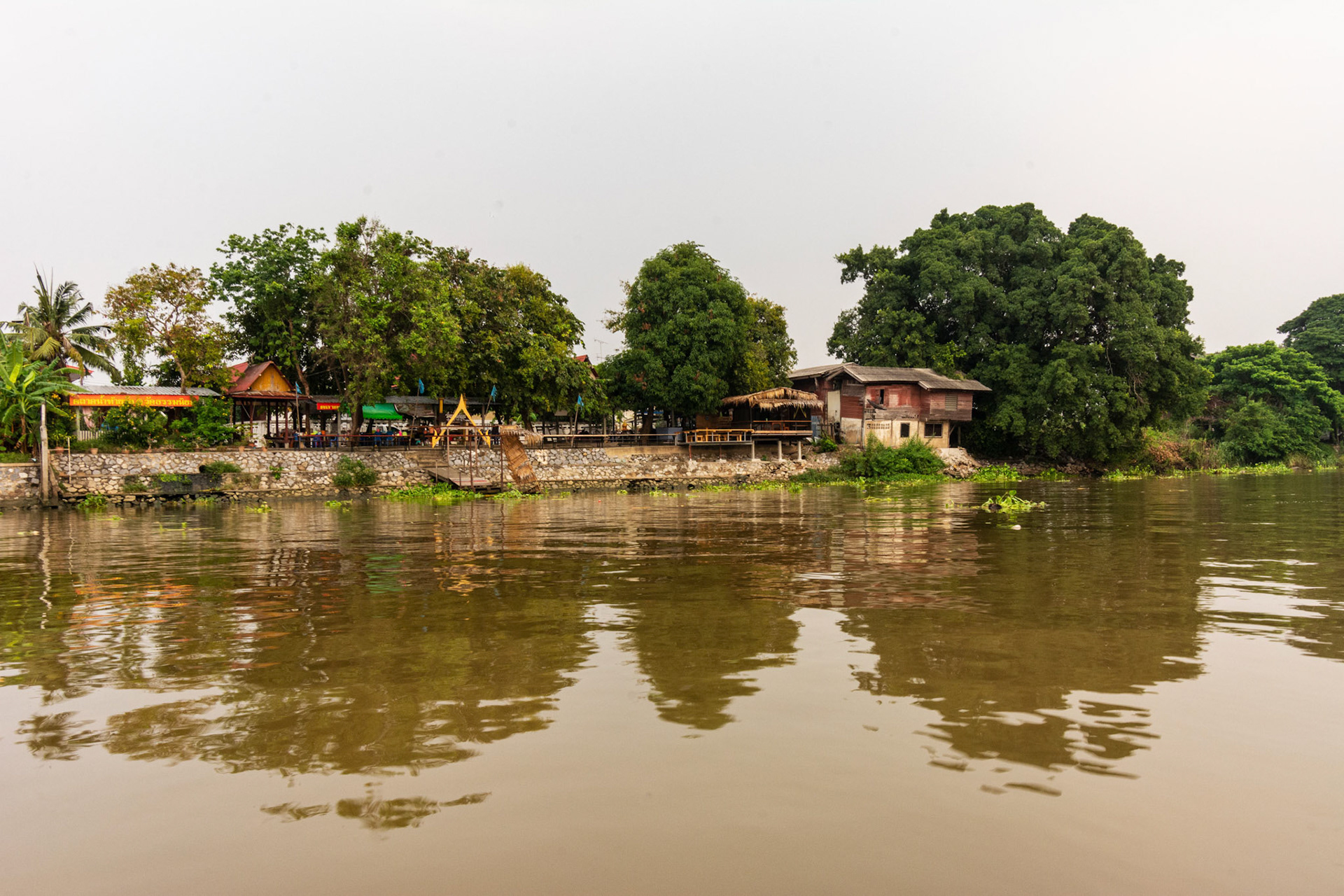
Chao Phraya River, Ayutthaya
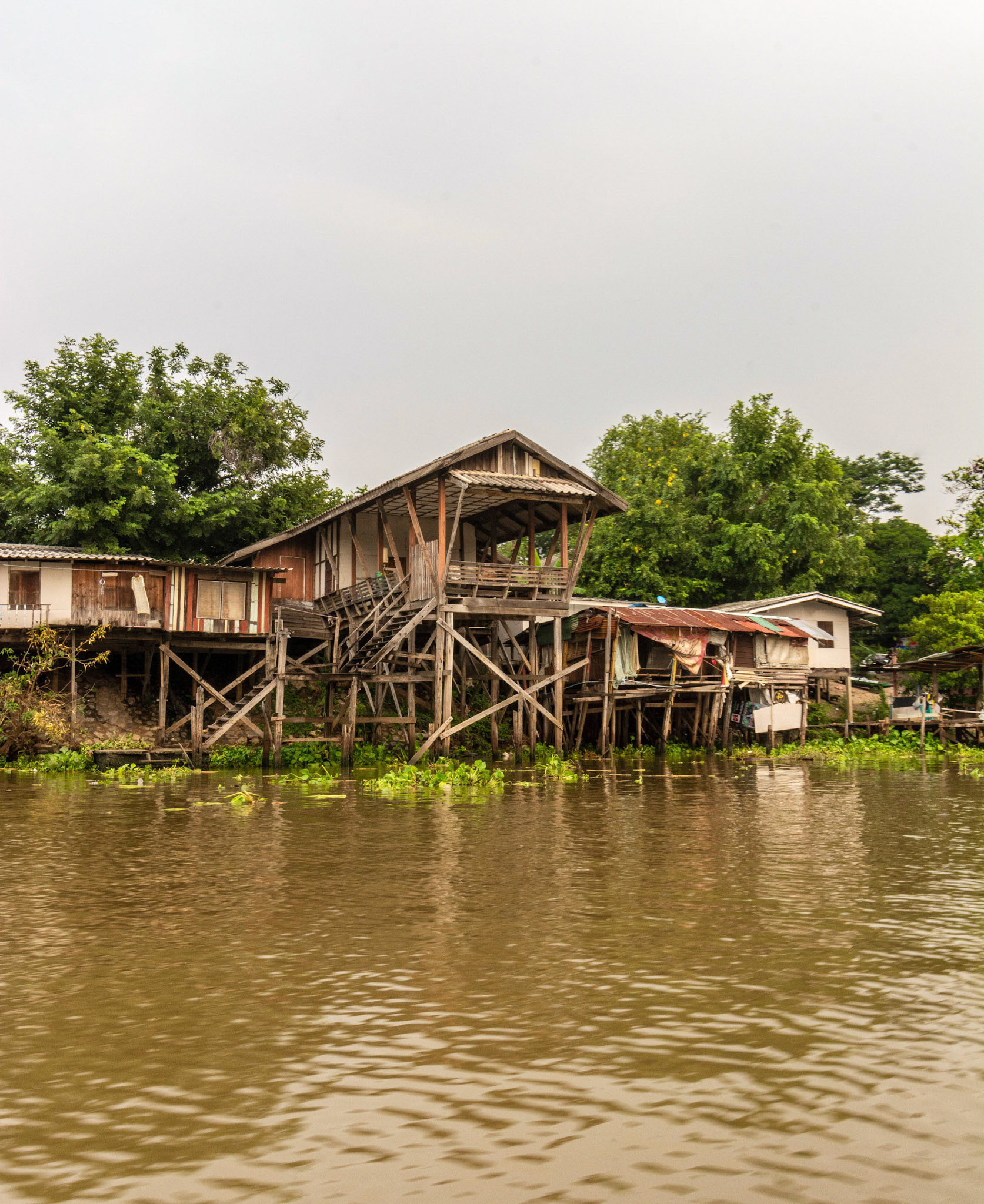
Chao Phraya River, Ayutthaya
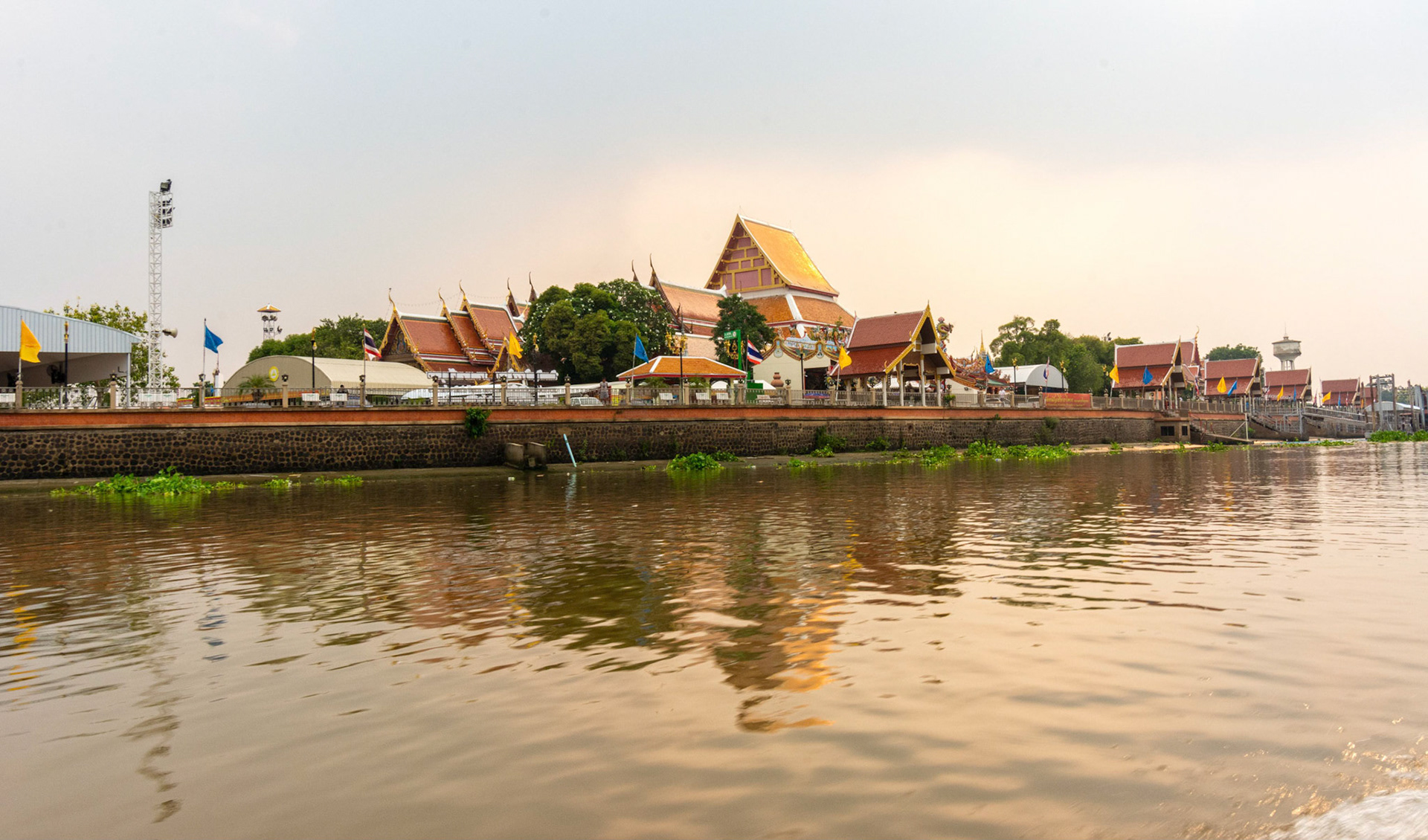
Chao Phraya River, Ayutthaya
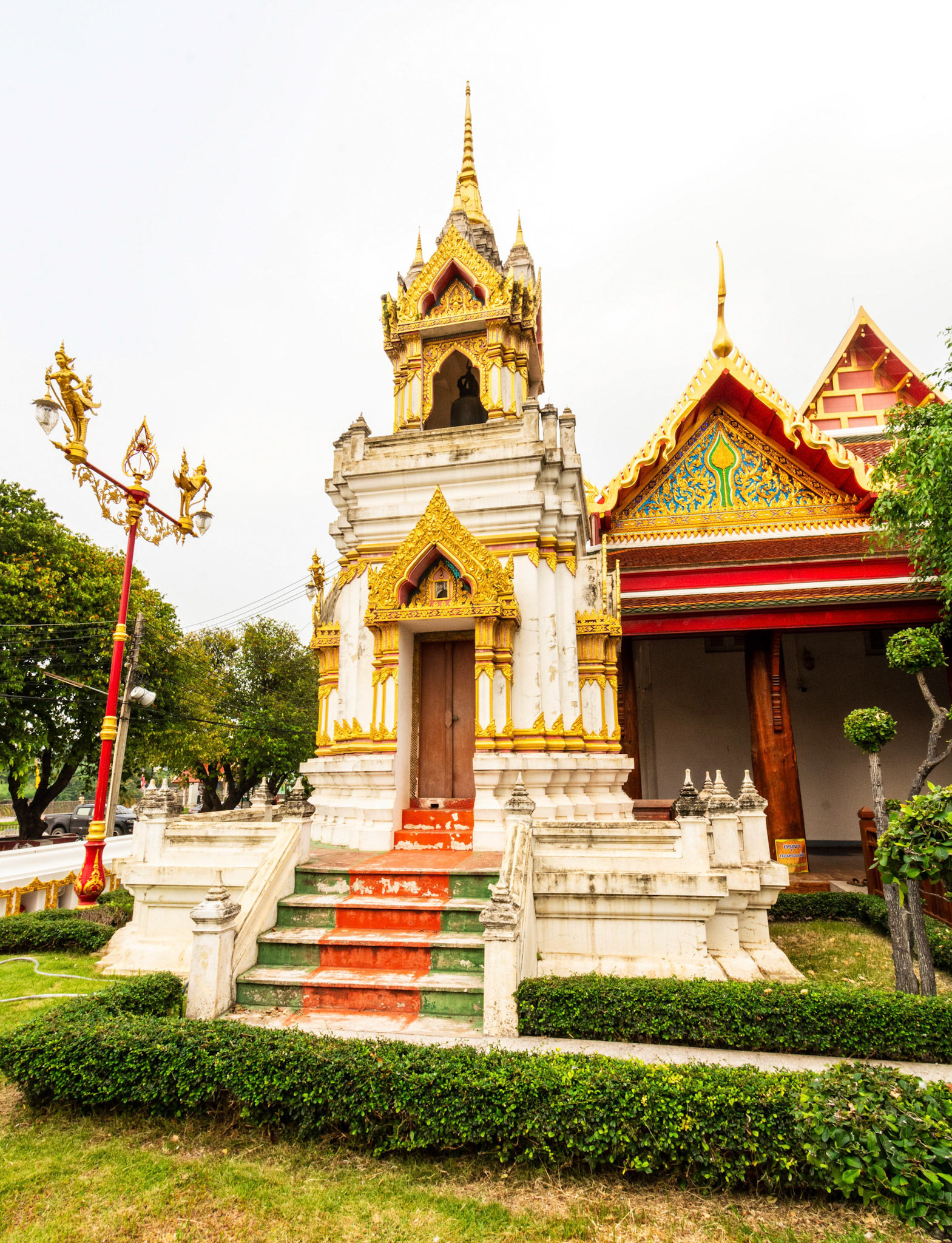
Wat Phanan Choeng Worawihan - วัดพนัญเชิงวรวิหาร
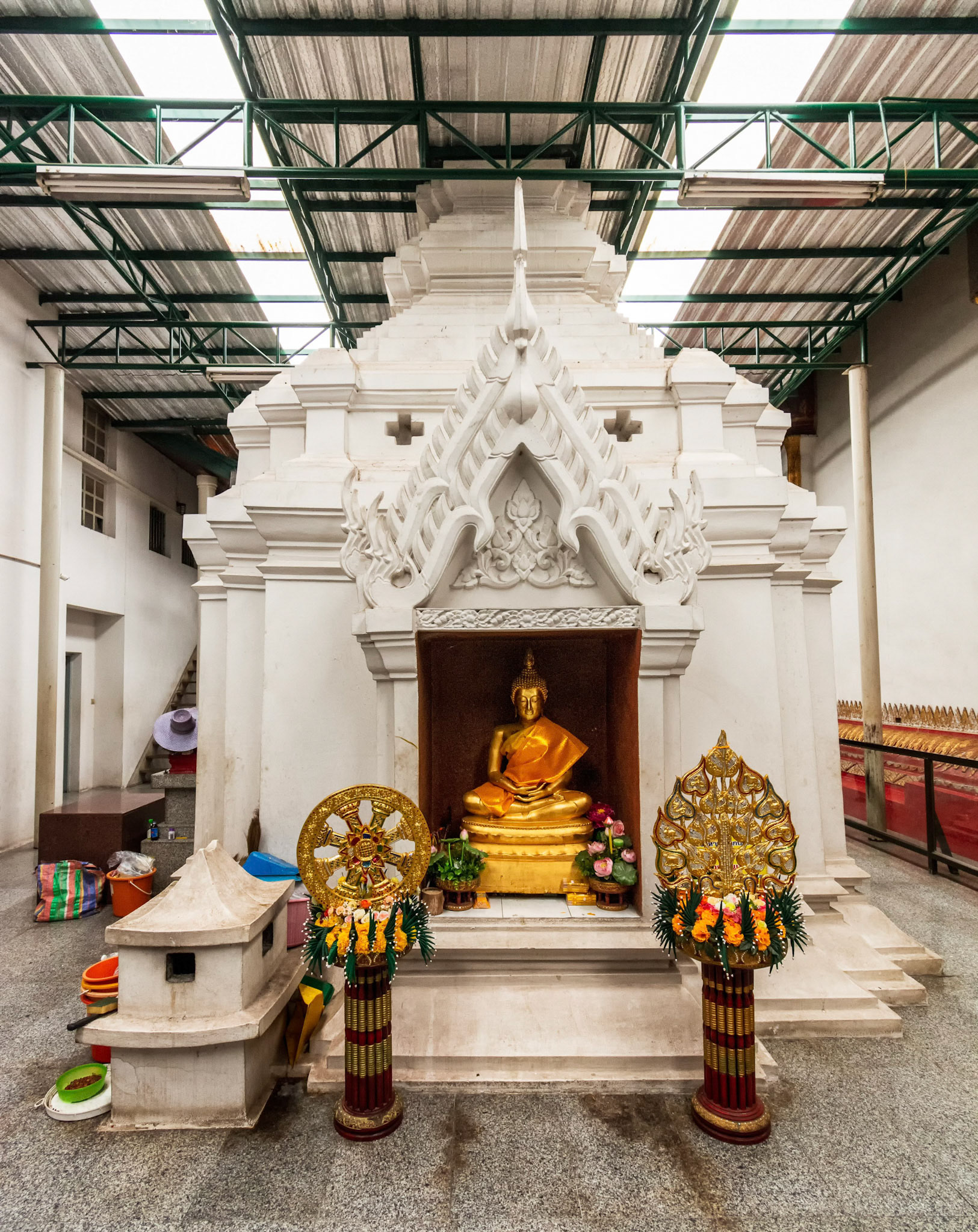
Wat Phanan Choeng Worawihan - วัดพนัญเชิงวรวิหาร
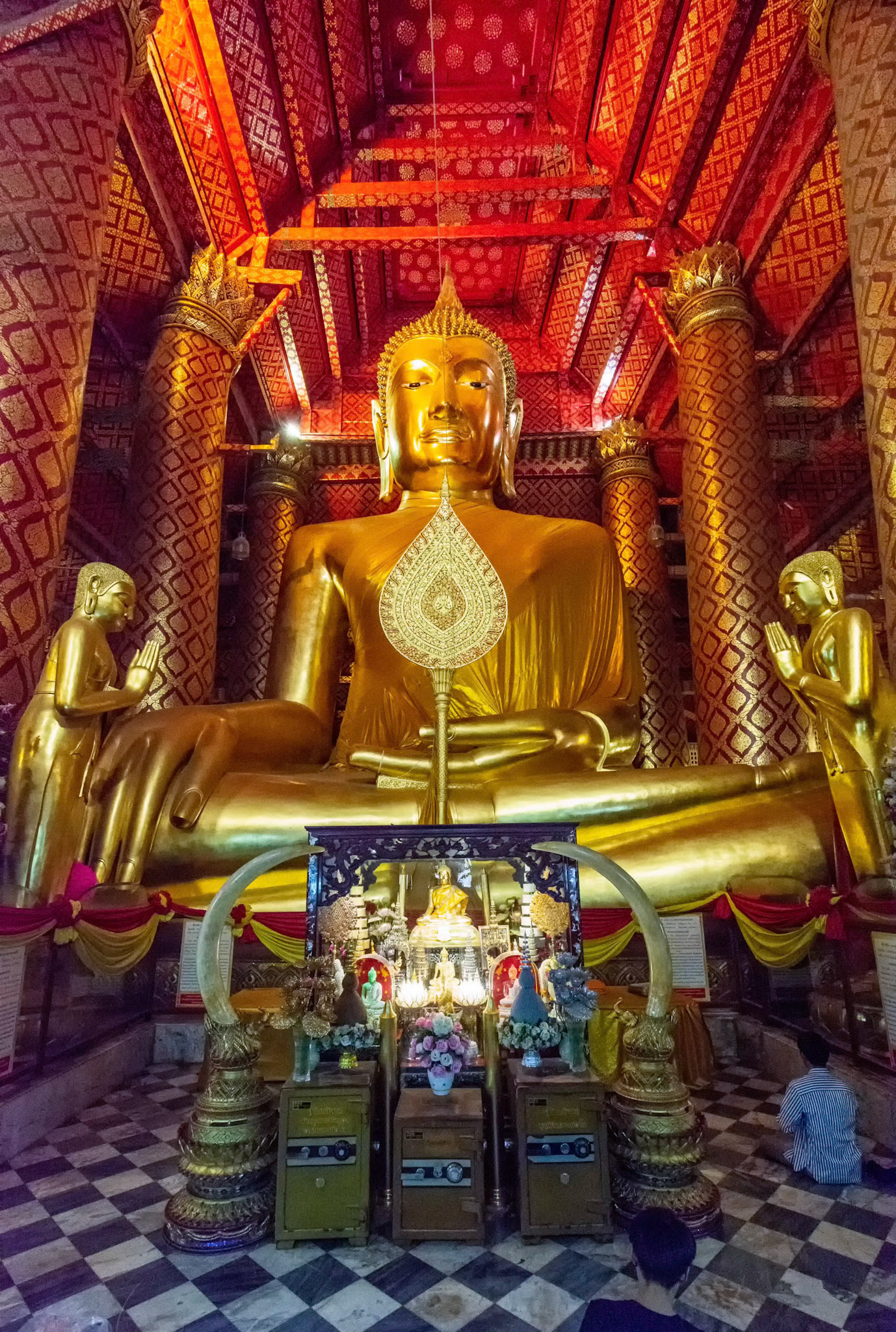
Wat Phanan Choeng Worawihan - วัดพนัญเชิงวรวิหาร
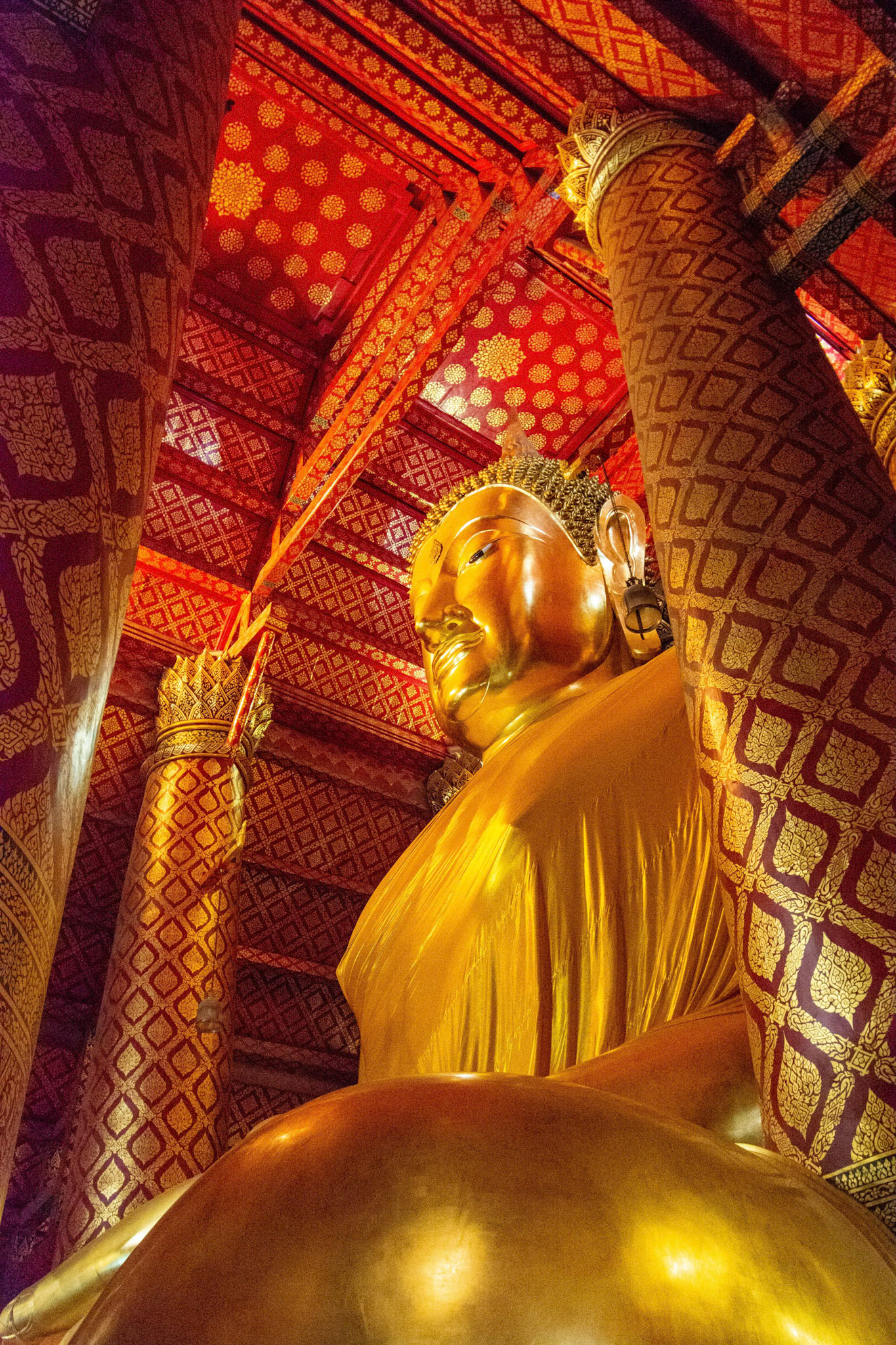
Wat Phanan Choeng Worawihan - วัดพนัญเชิงวรวิหาร
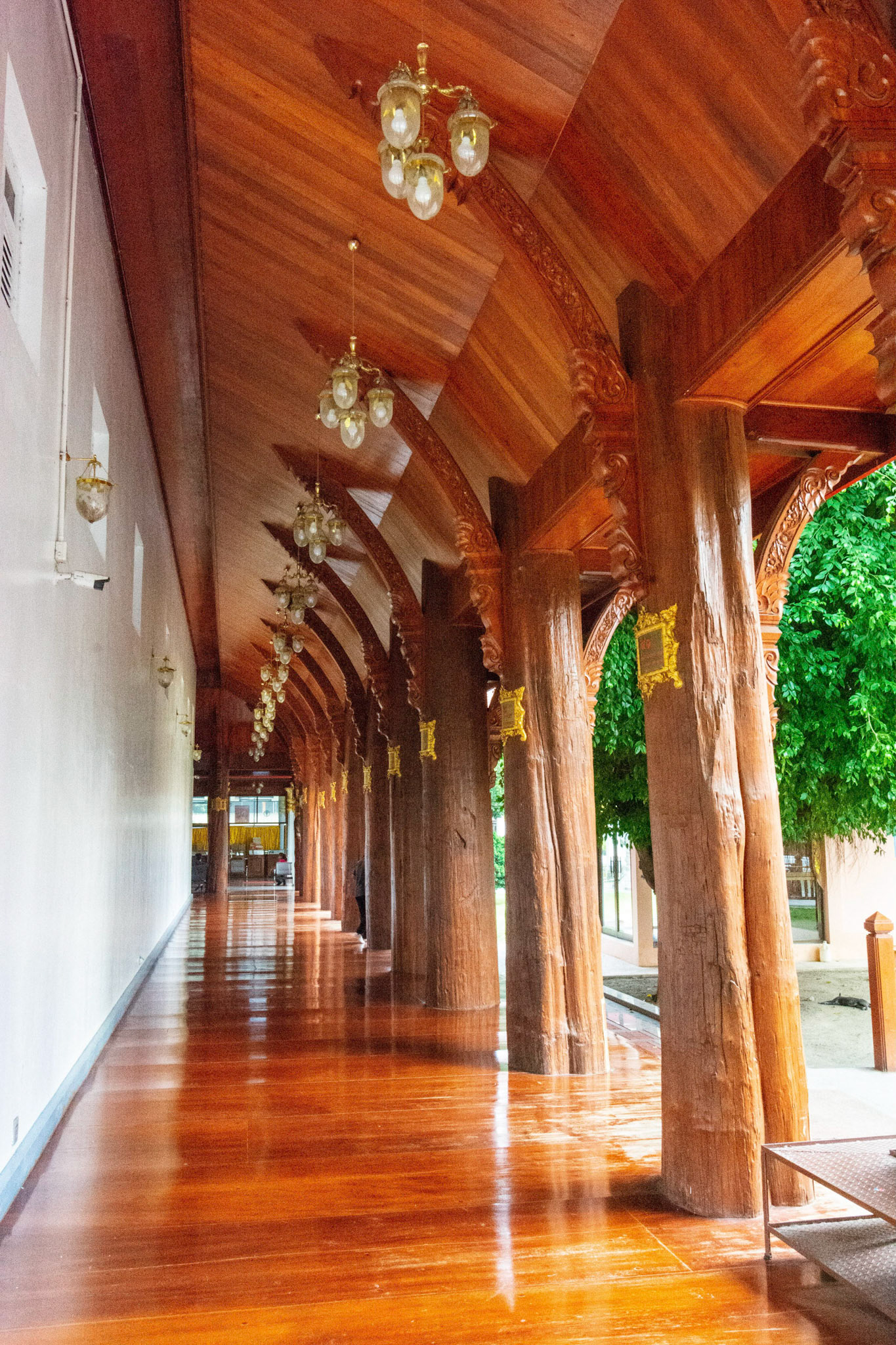
Wat Phanan Choeng Worawihan - วัดพนัญเชิงวรวิหาร

Wat Phutthai Sawan - วัดพุทไธศวรรย์
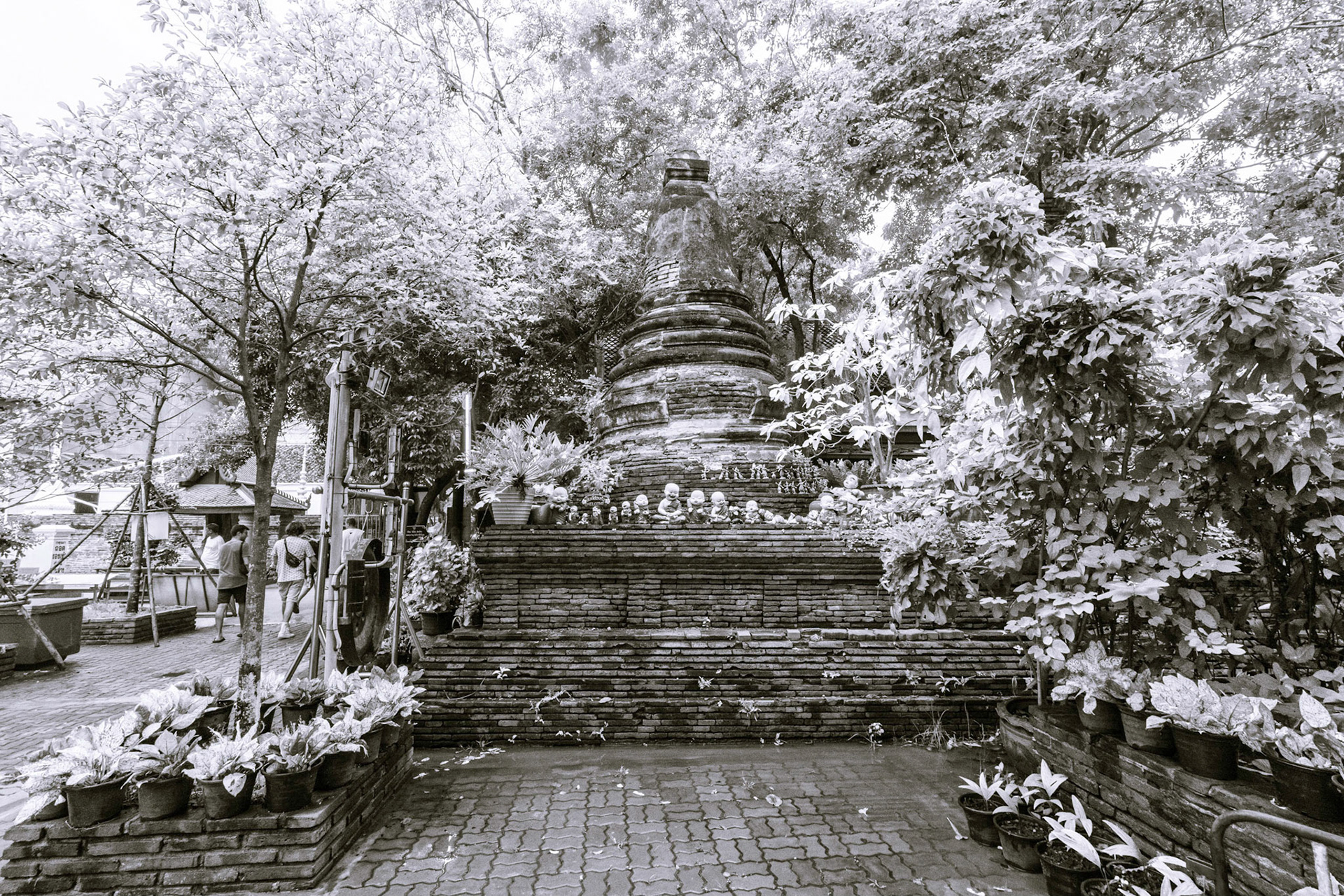
Wat Phutthai Sawan - วัดพุทไธศวรรย์
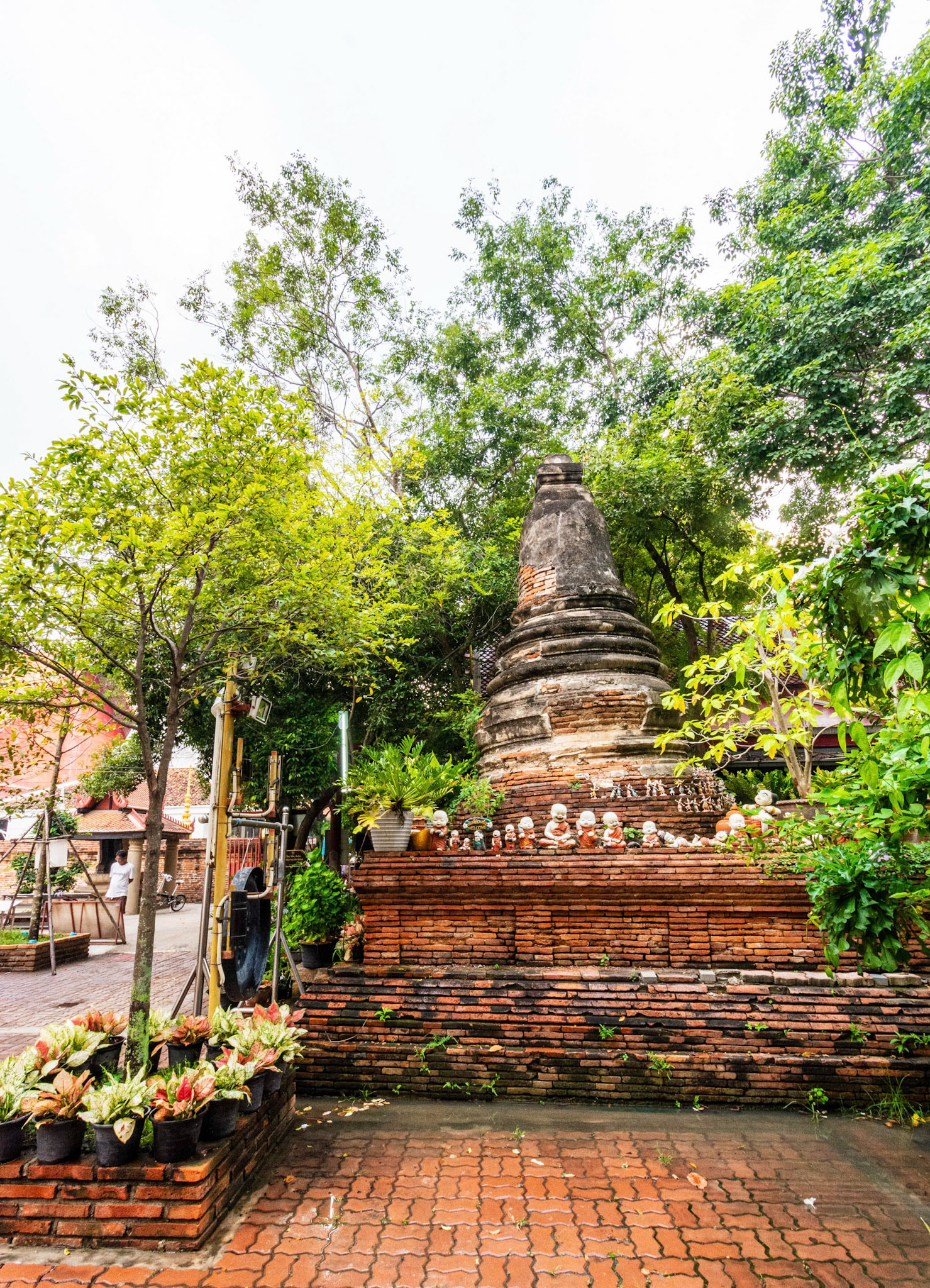
Wat Phutthai Sawan - วัดพุทไธศวรรย์

Wat Phutthai Sawan - วัดพุทไธศวรรย์

Wat Phutthai Sawan - วัดพุทไธศวรรย์

Wat Phutthai Sawan - วัดพุทไธศวรรย์
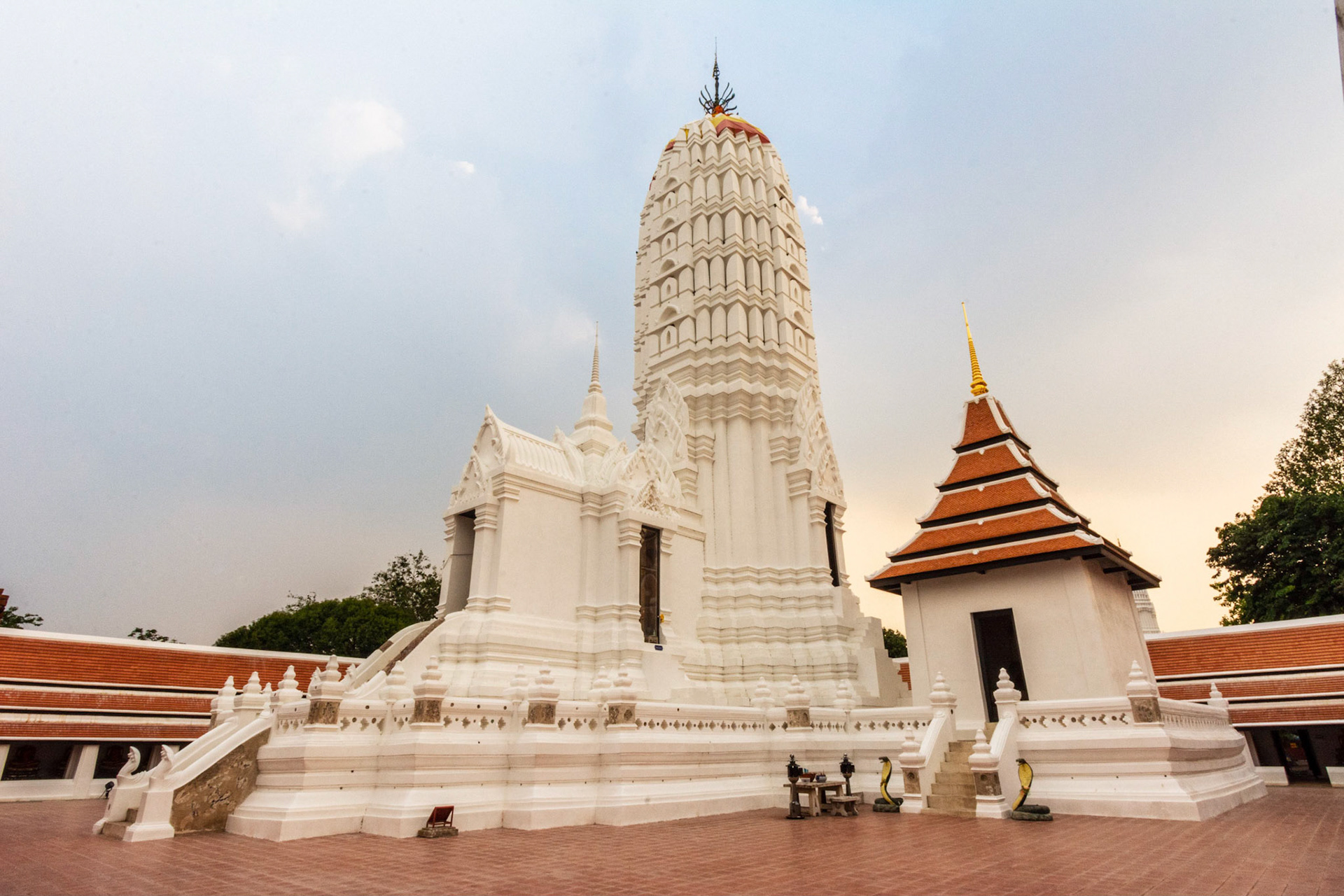
Wat Phutthai Sawan - วัดพุทไธศวรรย์
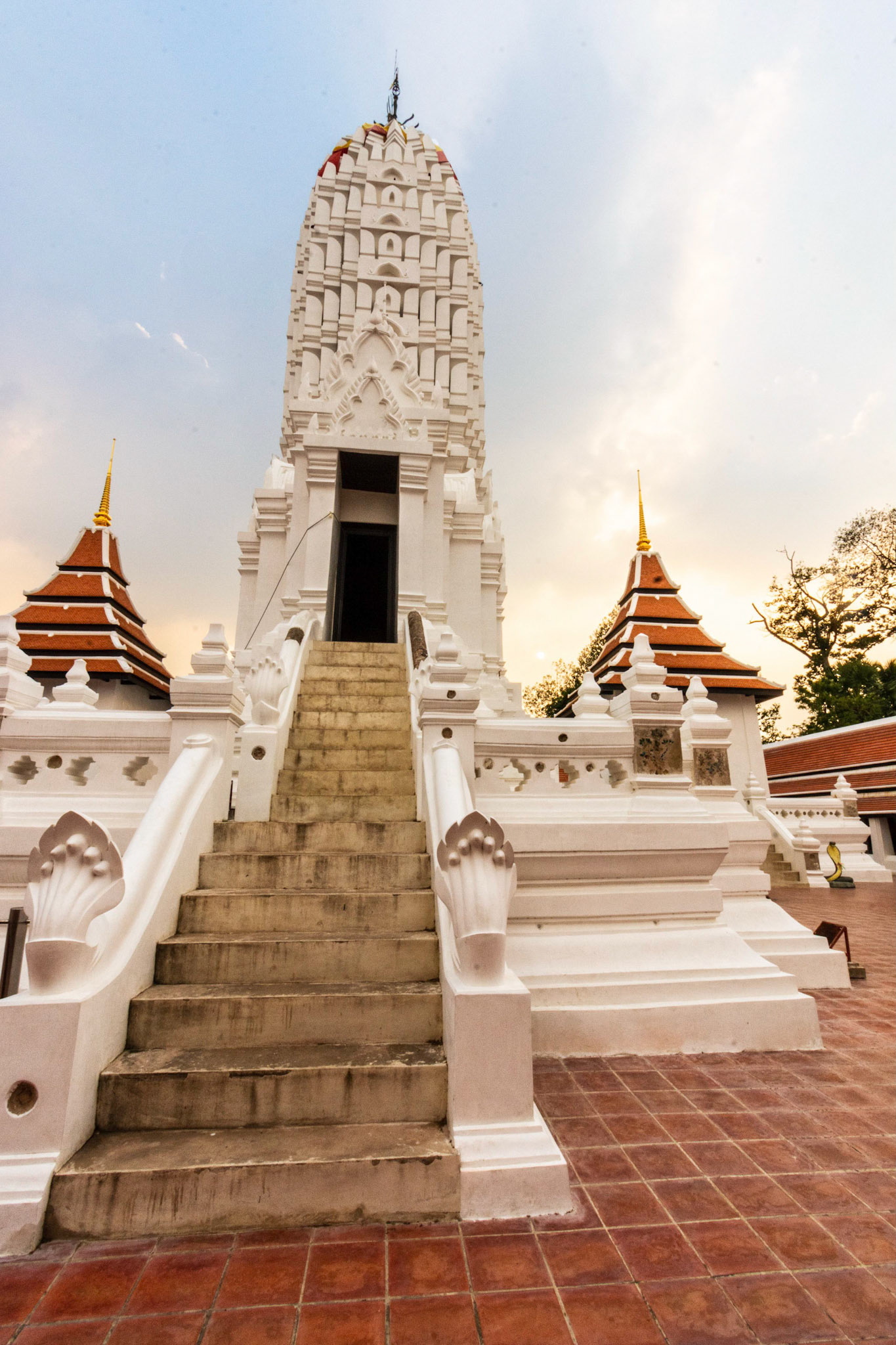
Wat Phutthai Sawan - วัดพุทไธศวรรย์
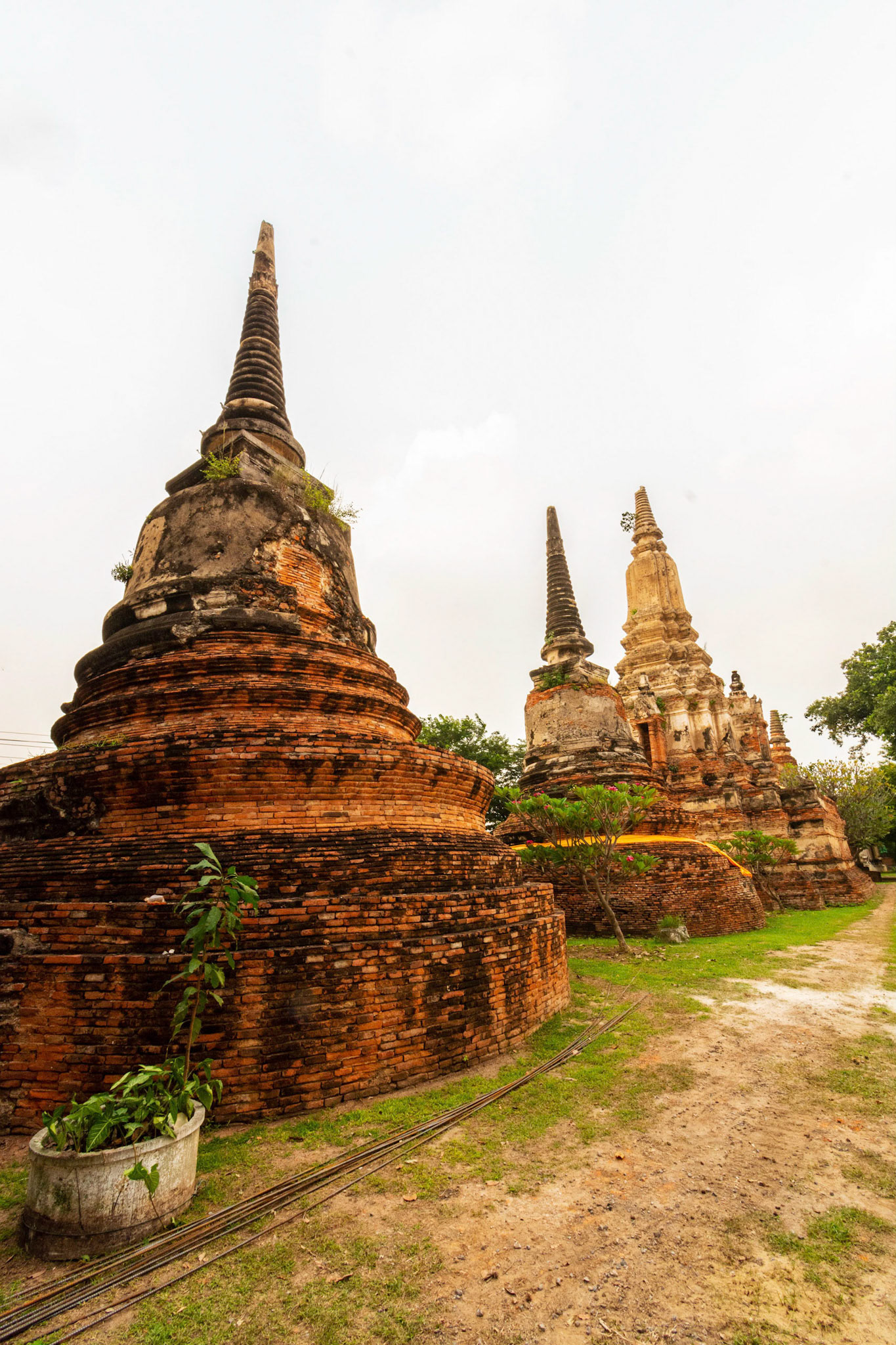
Wat Phutthai Sawan - วัดพุทไธศวรรย์
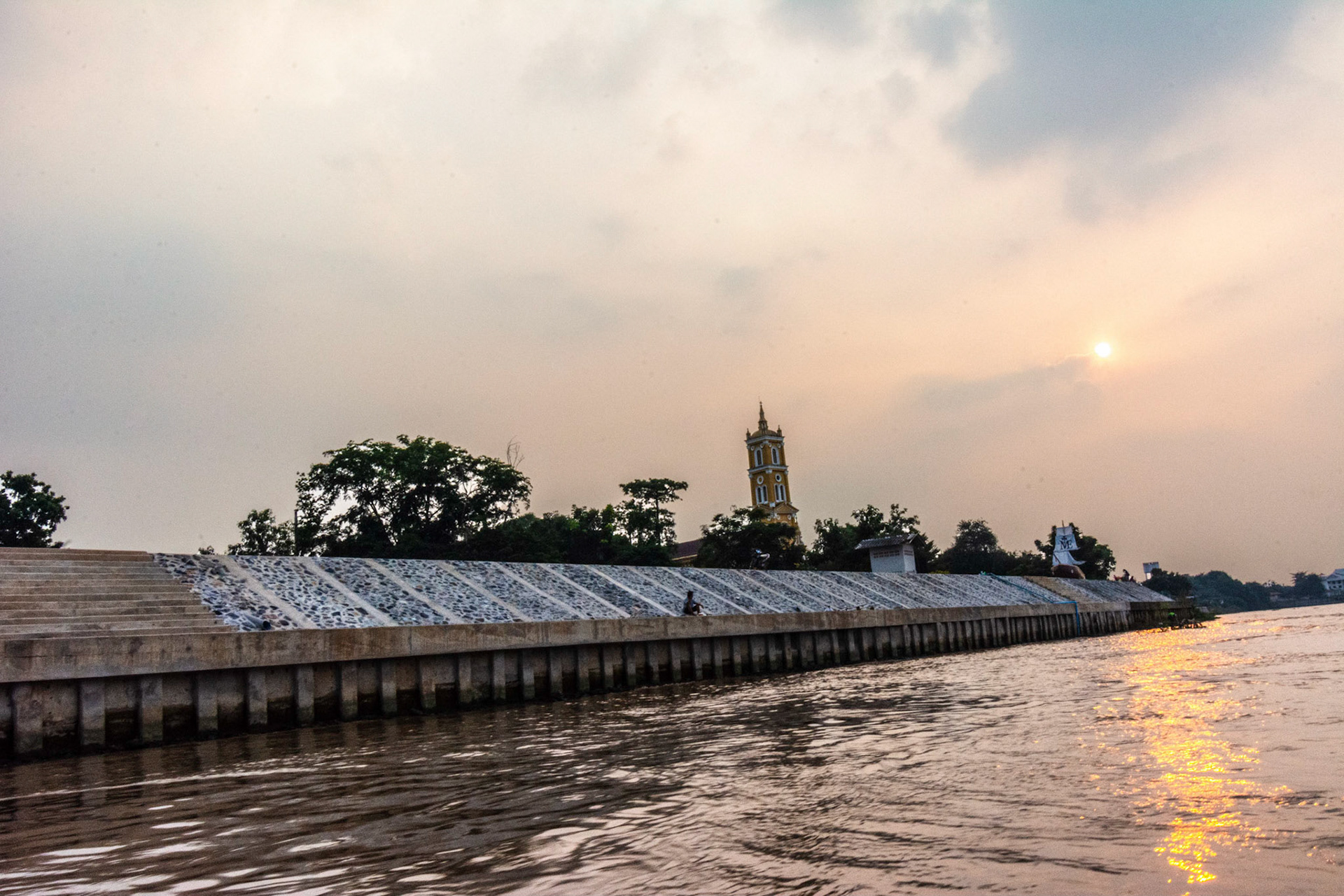
Saint Joseph Church - โบสถ์เซ็นต์ยอเซฟ

Saint Joseph Church - โบสถ์เซ็นต์ยอเซฟ

Wat Chai Watthanaram - วัดไชยวัฒนาราม
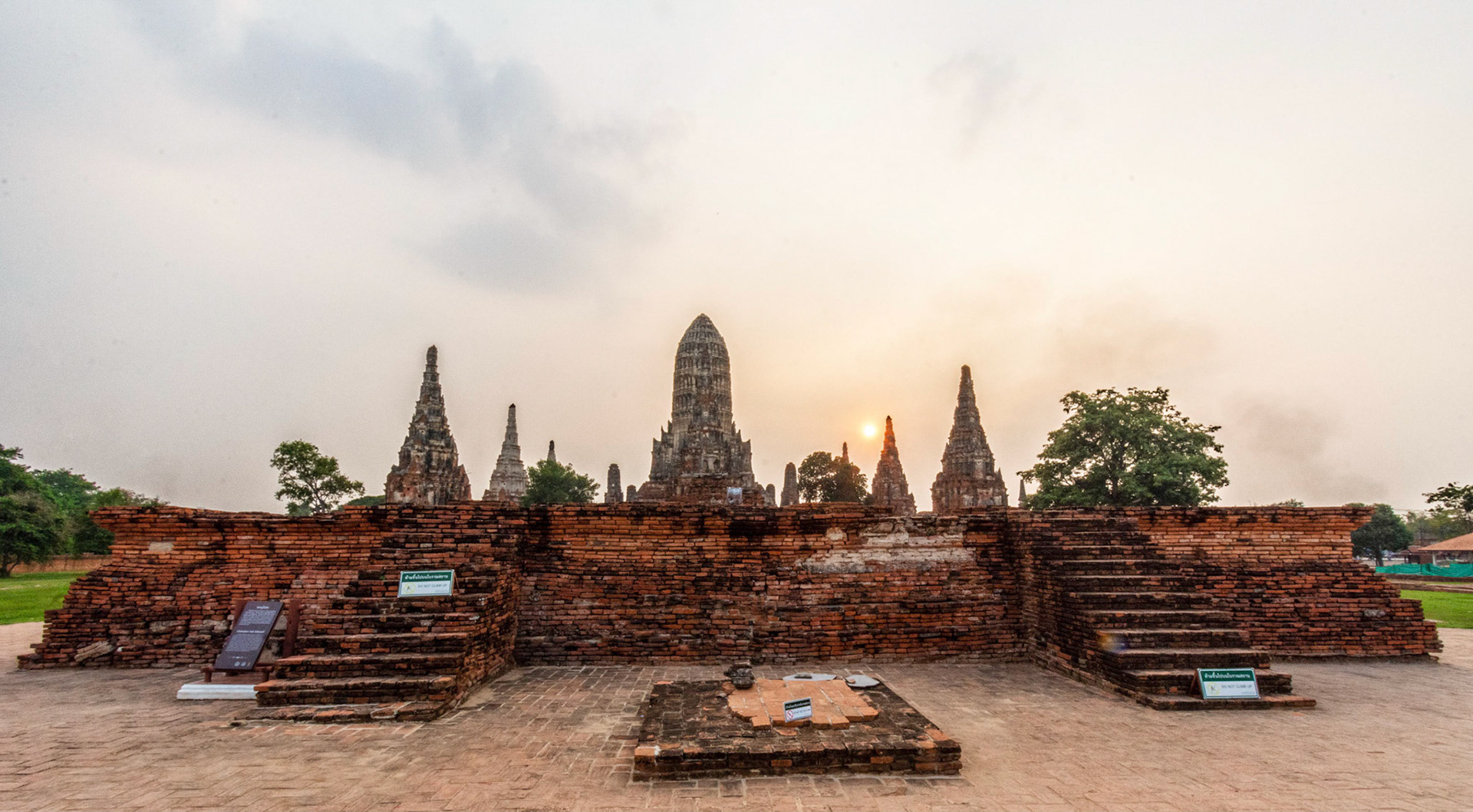
Wat Chai Watthanaram - วัดไชยวัฒนาราม
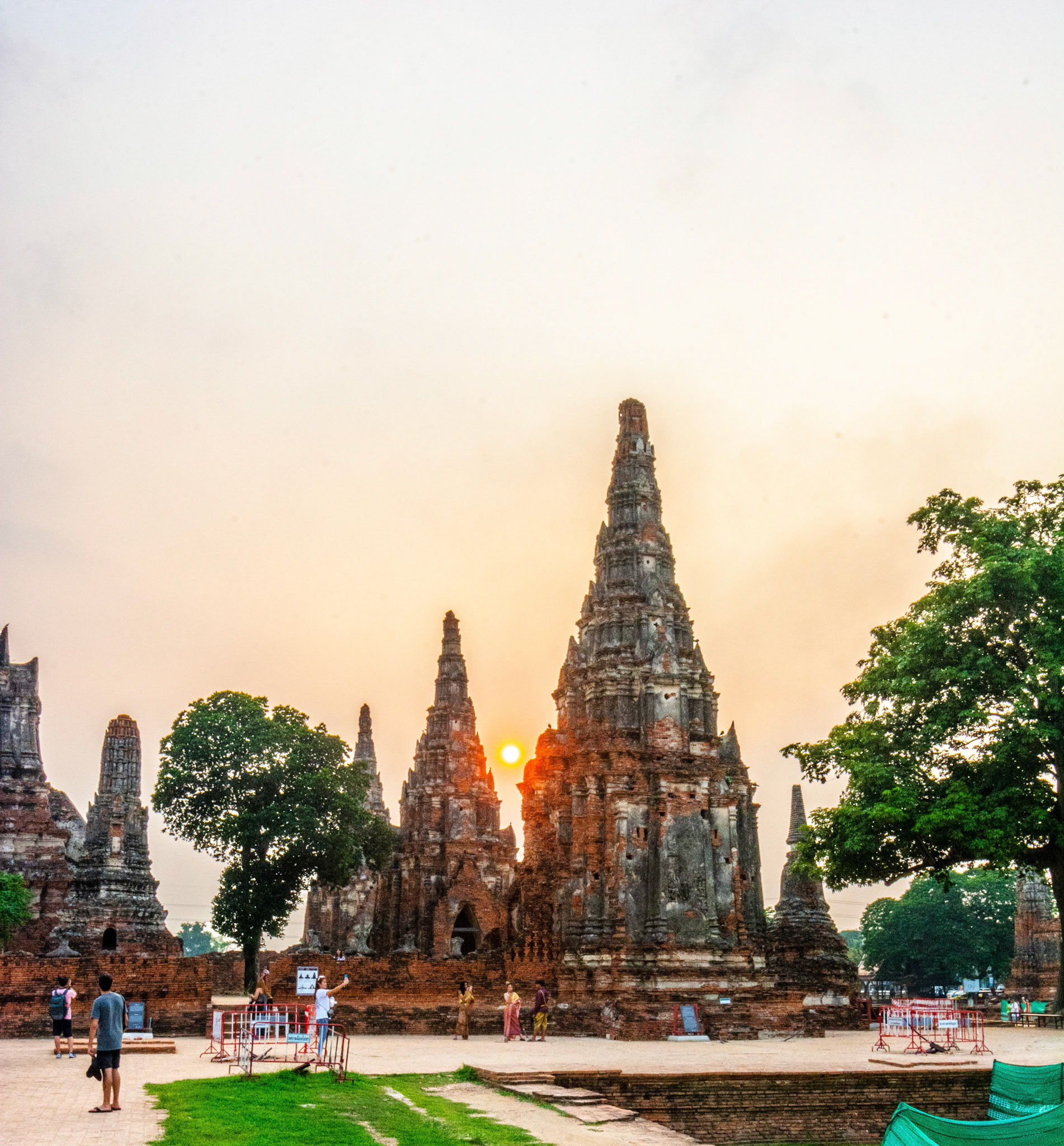
Wat Chai Watthanaram - วัดไชยวัฒนาราม
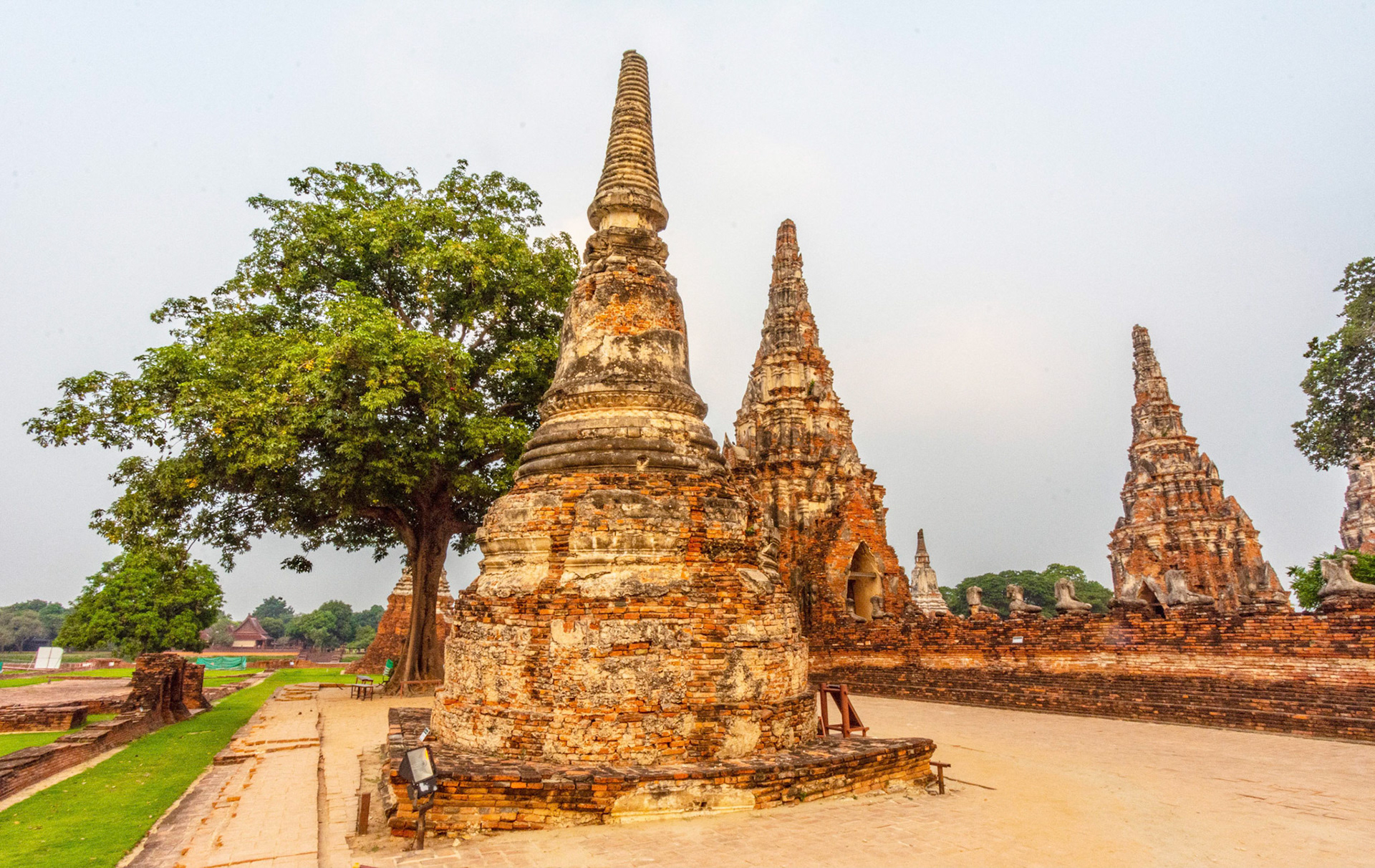
Wat Chai Watthanaram - วัดไชยวัฒนาราม
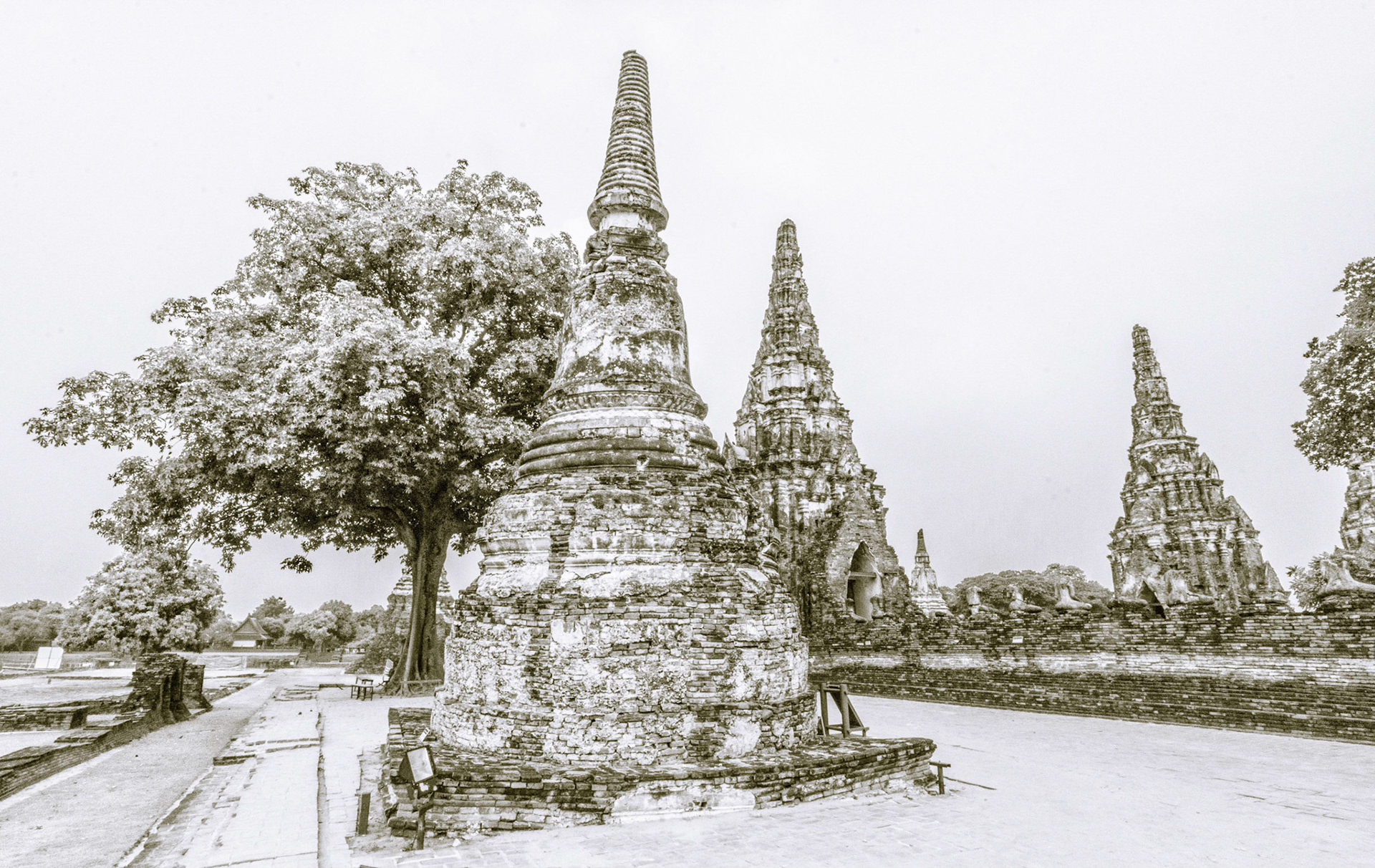
Wat Chai Watthanaram - วัดไชยวัฒนาราม
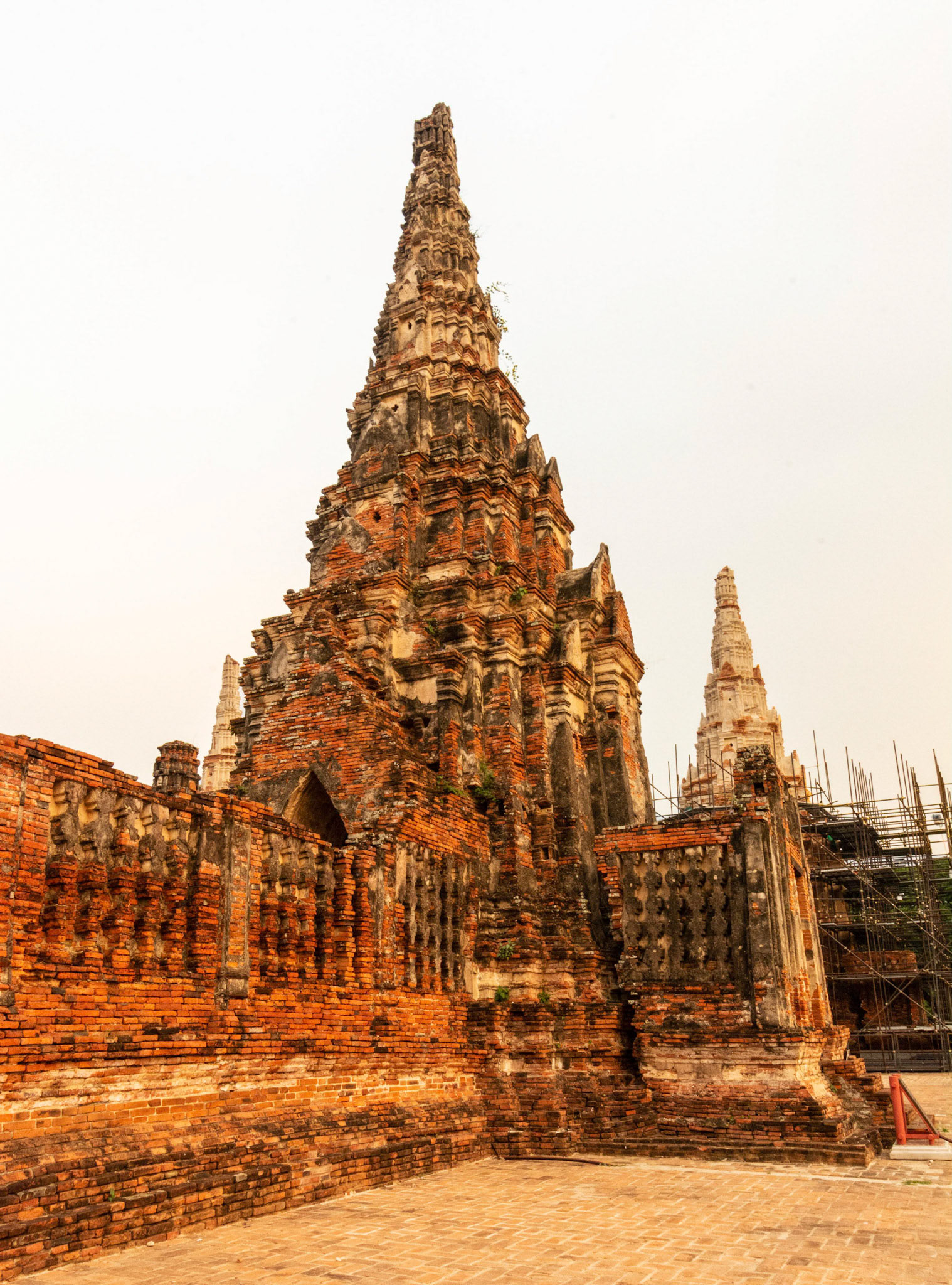
Wat Chai Watthanaram - วัดไชยวัฒนาราม

Wat Chai Watthanaram - วัดไชยวัฒนาราม
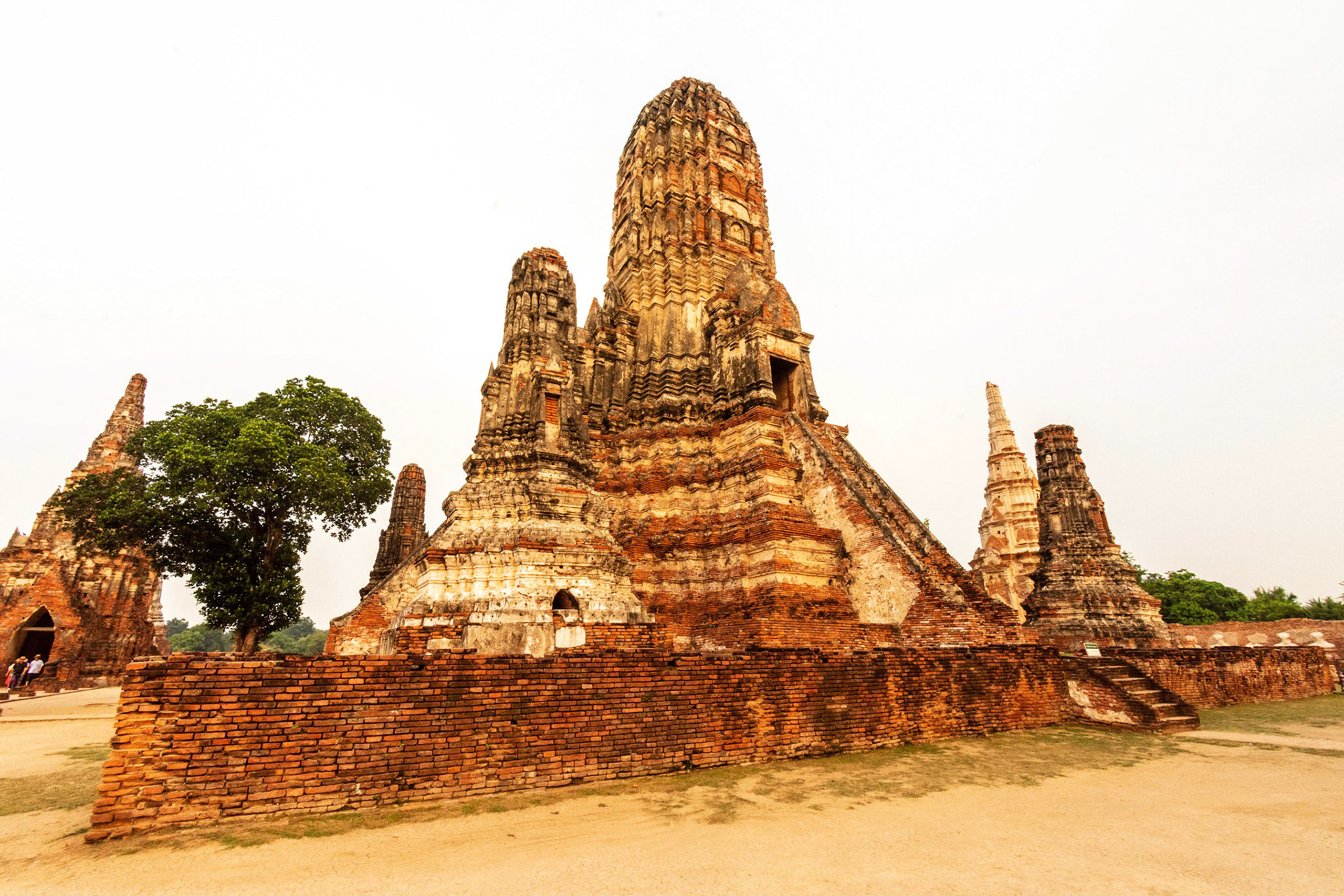
Wat Chai Watthanaram - วัดไชยวัฒนาราม
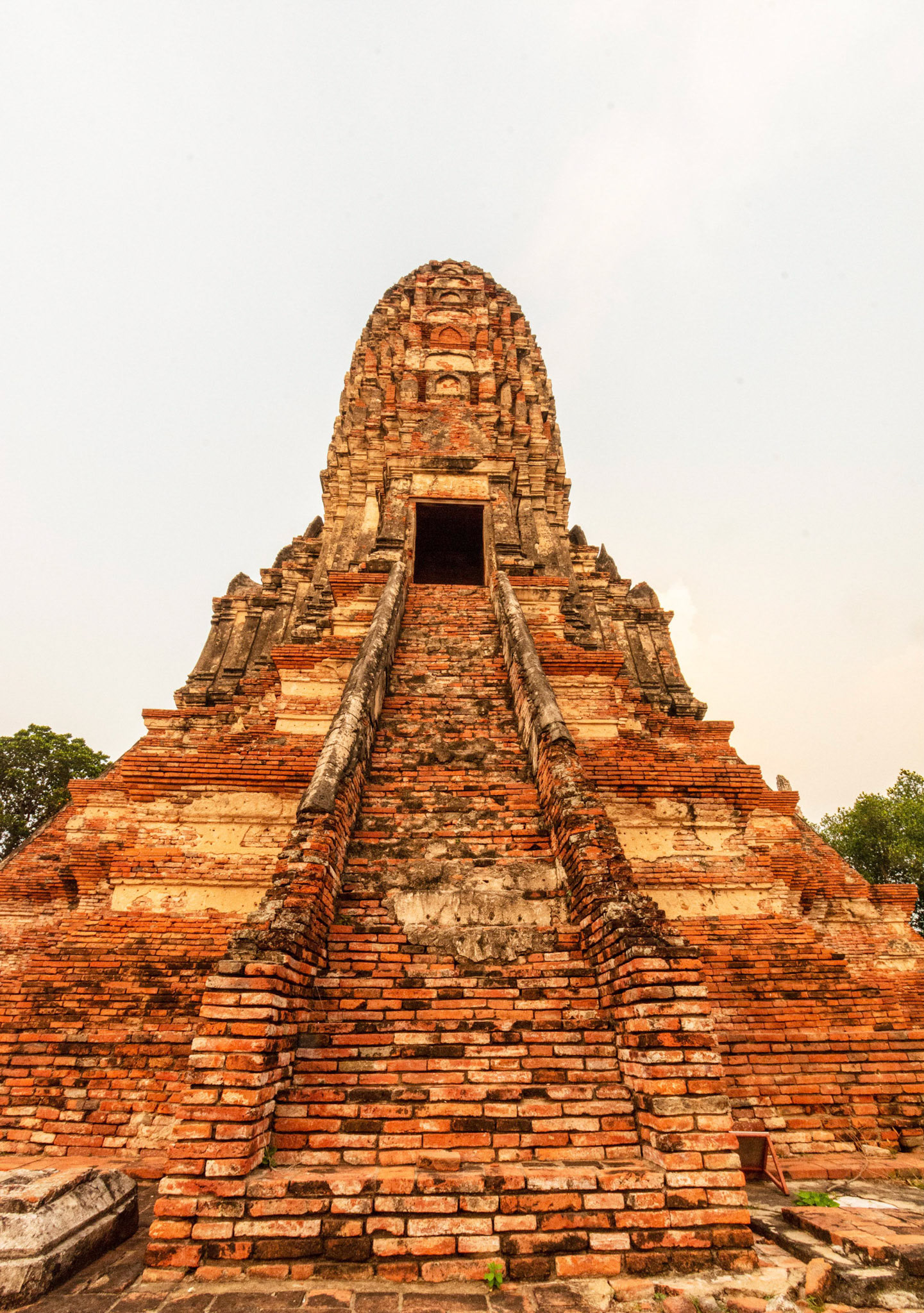
Wat Chai Watthanaram - วัดไชยวัฒนาราม
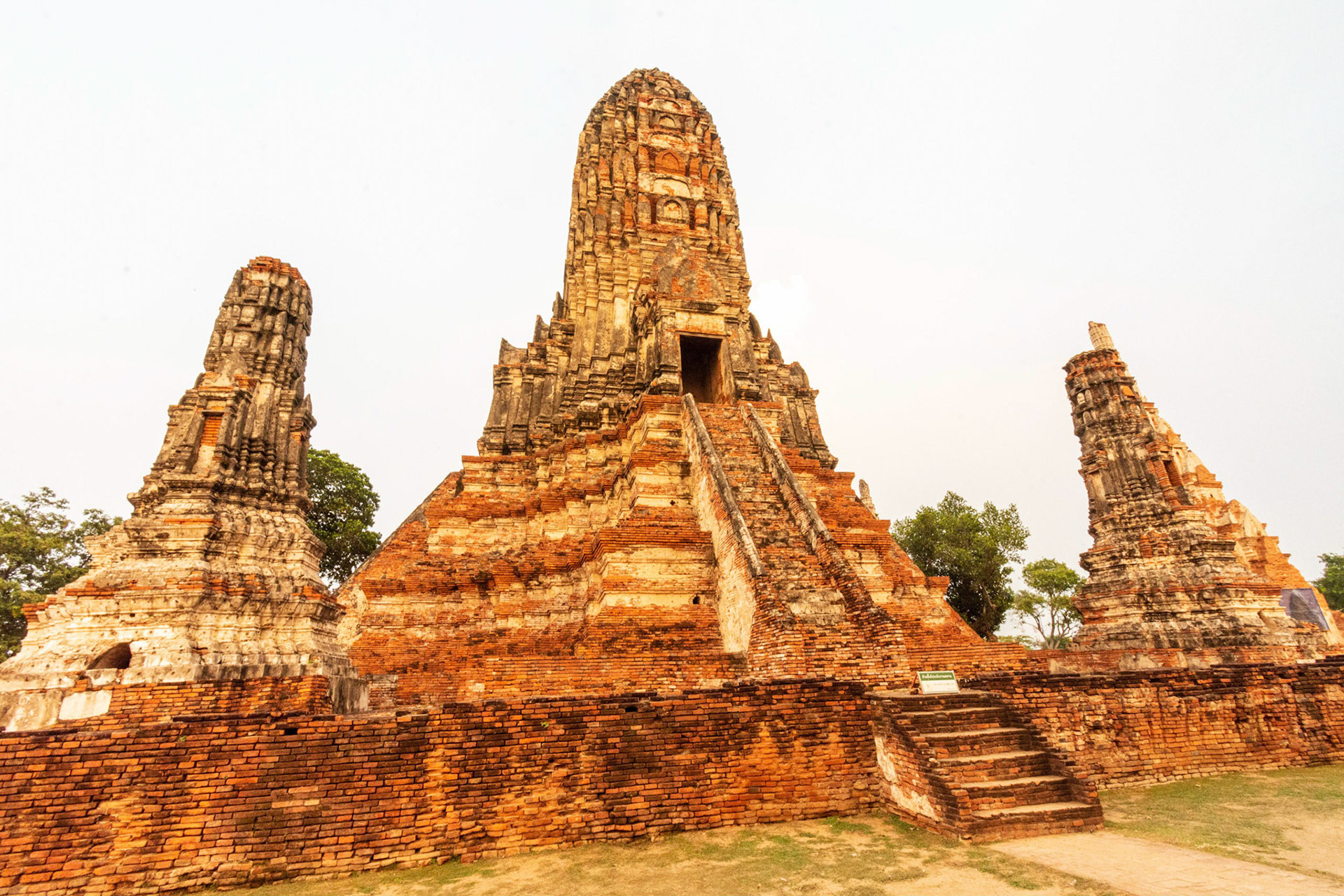
Wat Chai Watthanaram - วัดไชยวัฒนาราม
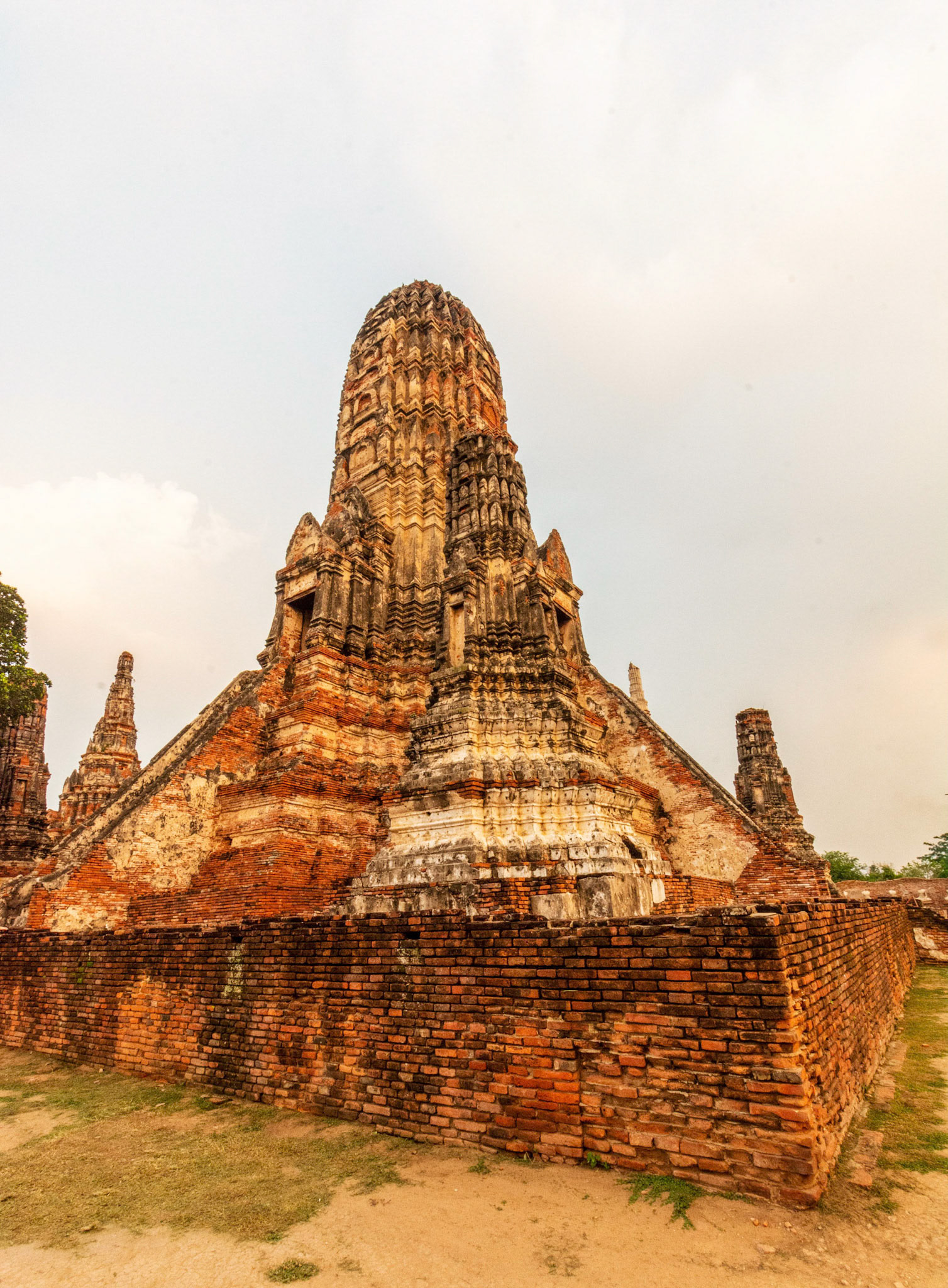
Wat Chai Watthanaram - วัดไชยวัฒนาราม
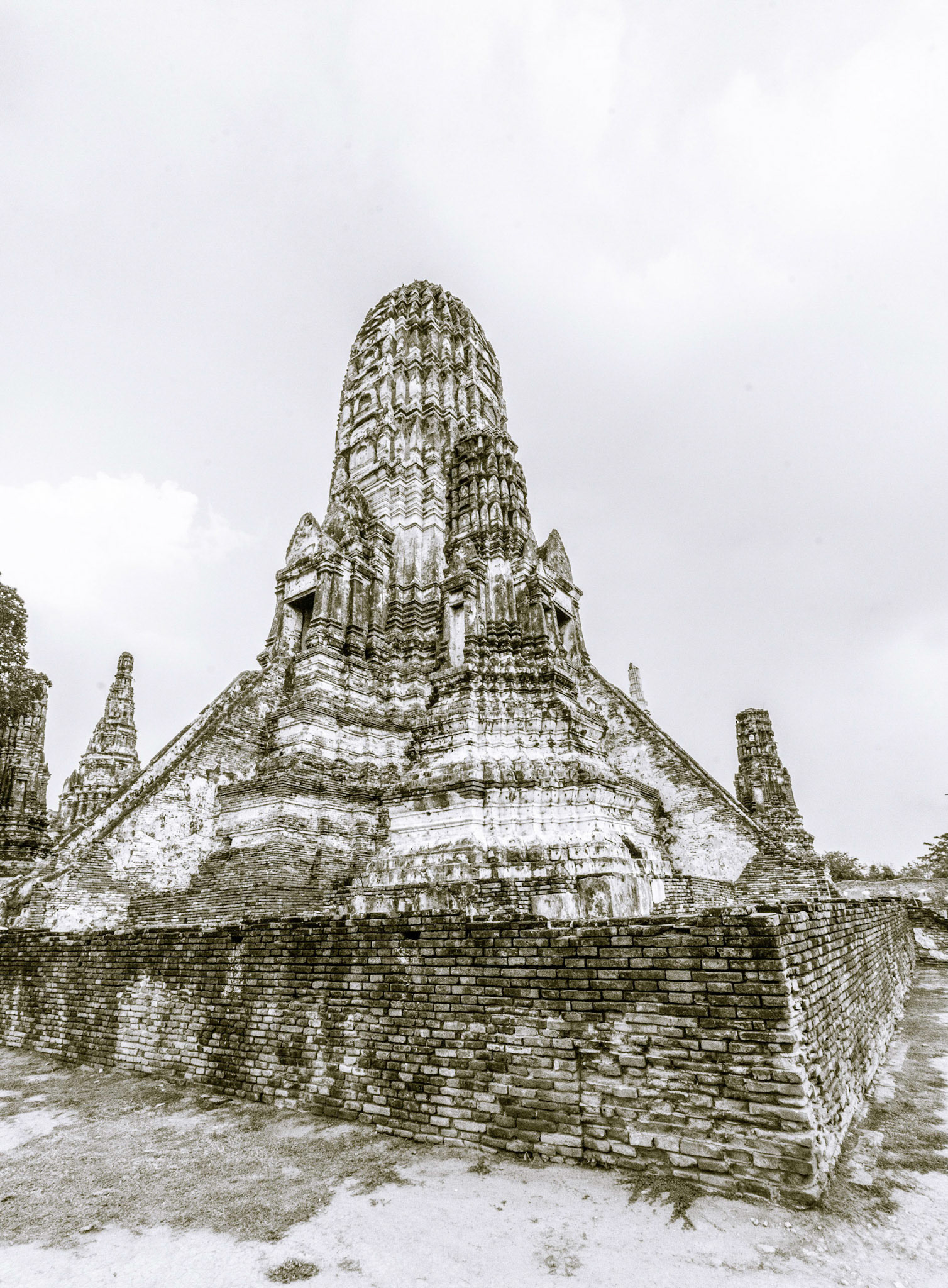
Wat Chai Watthanaram - วัดไชยวัฒนาราม
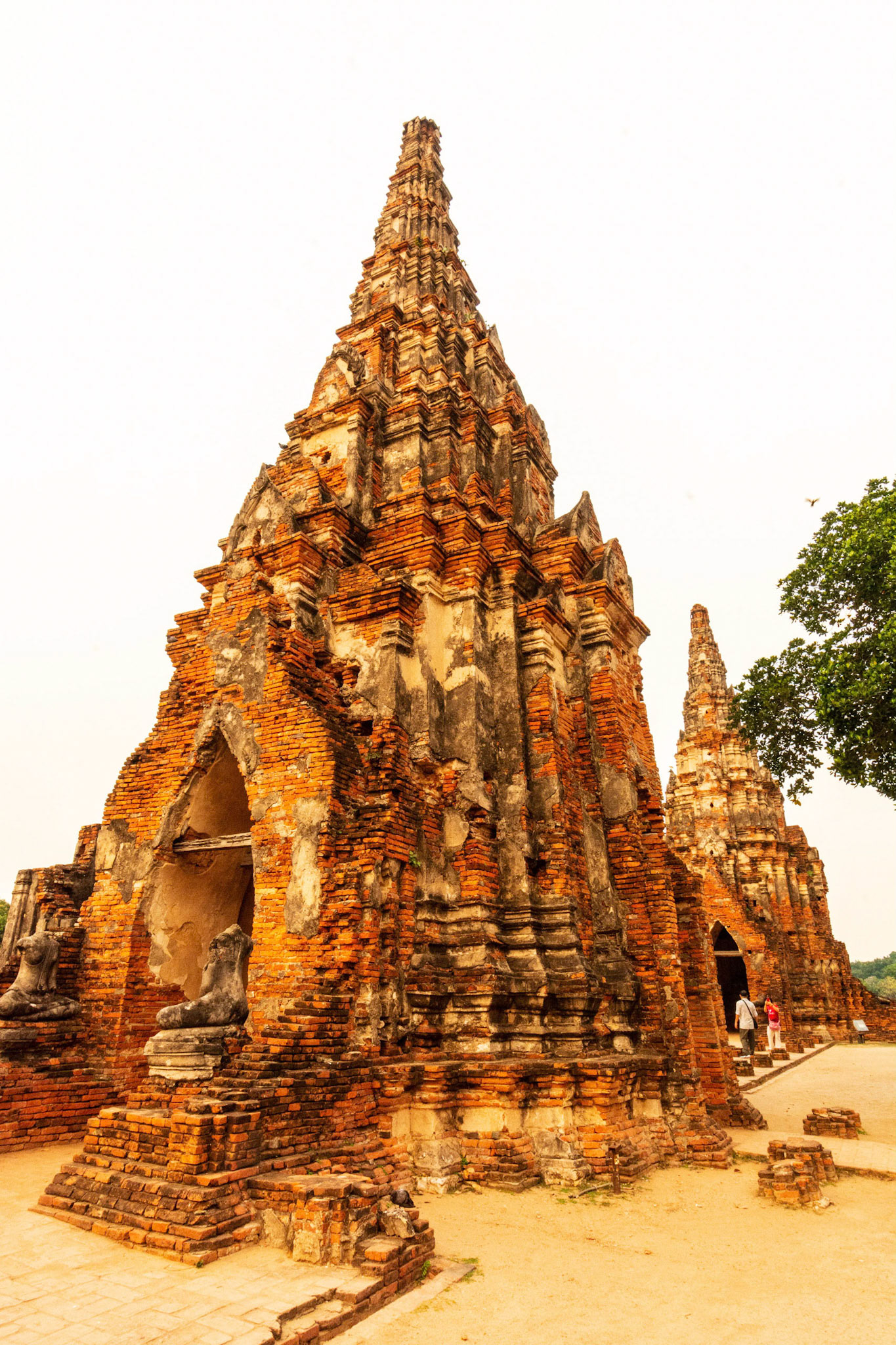
Wat Chai Watthanaram - วัดไชยวัฒนาราม
